
Abe Odedina, They’re Playing Our Song, 2021. Courtesy of the Artist, Diane Rosenstein Gallery, Los Angeles. Photo by Robert Wedemeyer.
In our ongoing online monthly series, LUX’s editors, contributors, and friends pick their must-see exhibitions from around the globe
Jumoke Sanwo, Artist & Curator, Founder of Revolving Art Incubator & Co-Founder of NFT Africa
Top of my list for this month is Under the Influence, Nigerian-British artist Abe Odedina’s first solo exhibition in Los Angeles. It’s presented as a special project room installation by Diane Rosenstein Gallery and opened during Frieze LA but runs until 12th of March 2022. The show includes a collection of eight still life and portrait paintings on plywood board – the artist’s nod to the street signage found in many African cities, especially on the streets of Ibadan and Lagos, from where he received his earliest influences.
Follow LUX on Instagram: luxthemagazine
I am personally drawn to his work because it engages the charged relations between mythological and contemporary Afro experiences, delving into the magic realism of Yoruba mythologies and folk. He has a glossary of symbolisms of the everyday, alongside relatable characters and similar to some of his earlier influences such as the late Nigerian magician Professor Peller, he transports the viewer through bold imagery into a world of magical realism.
Shahrzad Ghaffari, Artist
While I’m in London working on Oneness, my commissioned artwork for Leighton House, I’m looking forward to seeing Louise Bourgeois: The Woven Child at the Hayward Gallery (open until 15 March). Louise is one of my favourite artists — I love how vulnerable and expressive she is through her art. She works across a variety of mediums, such as painting, sculpture, and drawing. Her work explores traumatic events from her childhood with a beautiful sense of boldness.
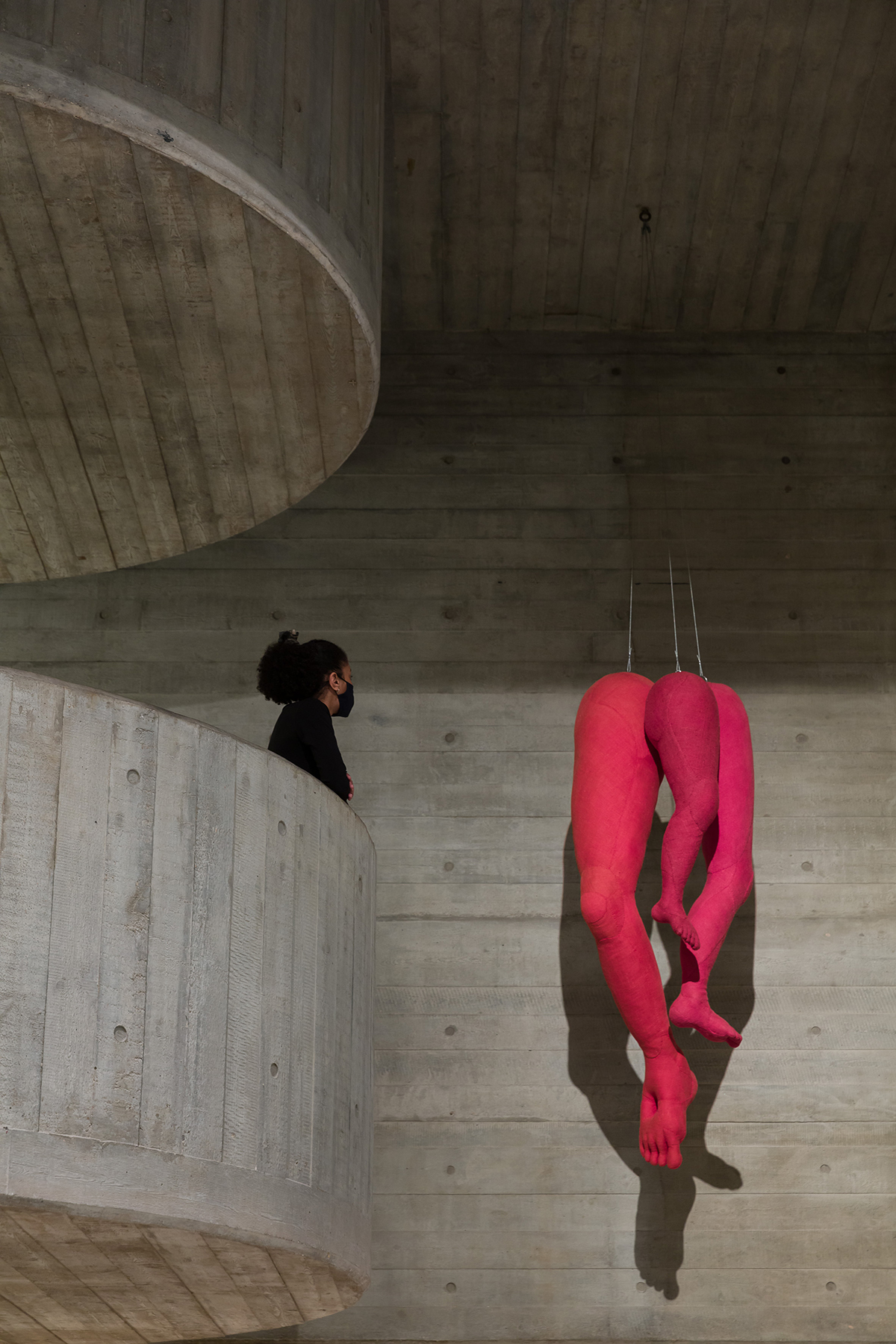
Installation view of Louise Bourgeois: The Woven Child at Hayward Gallery, 2022. © The Easton Foundation/DACS, London and VAGA at Artists Rights Society (ARS), New York. Photo: Mark Blower/© The Hayward Gallery
Durjoy Rahman, Art Collector & Patron, Founder of Durjoy Bangladesh Foundation
There’s so much great art to see this month, but I’m most excited about Desert X AlUla 2022, a recurring, site-responsive, international free admission art exhibition taking place in AlUla, Saudi Arabia (on until 30 March). The show features newly commissioned works by 15 artists from across the globe.
Read more: All-access rundown of Ozwald Boateng’s return to London Fashion Week
Stand-out pieces include Ghanaian artist Serge Attakwei Clottey’s Gold Falls, a vibrant yellow tapestry-like work made from square parts of yellow water jerry cans found throughout Africa that the artist has long used to discuss issues related to water scarcity and migration in Africa and also AFROGALLONISM, an artistic concept that comments on consumption within modern Africa. Jerrycans, imported to Ghana from Europe and Asia carrying cooking oil, are used to store water pumped from the soil in regions of short water supply. This situation contributes to plastic waste and fails to present a sustainable alternative. Addressing this situation, Clottey creates tapestries out of plastic pieces with the help of his community studio. These sculptural installations poignantly draw attention to the economic and social situation being faced by many people on this planet.
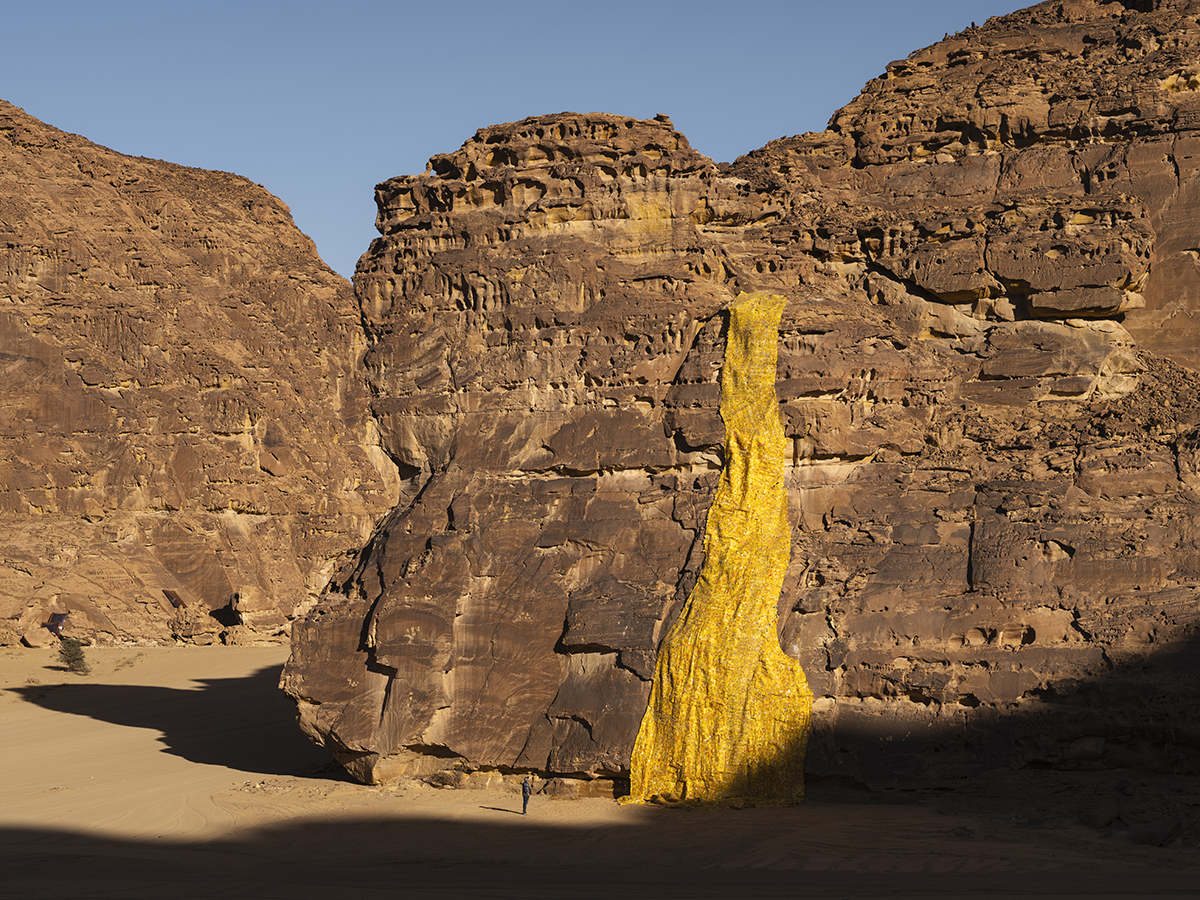
Serge Attukwei Clottey, Gold Falls at Desert X AlUla 2022. Photo by Lance Gerber
Tae Kim, Artist
Korean artist Park Grim’s solo exhibition entitled Horo, Becoming a Tiger is currently on show at Studio Concrete in Seoul (until 27 March 2022) and it’s definitely a must-see. A deep concern with self-image coupled with a lack of confidence has a tight grip on the Korean population, who have grown up in the age of the internet and the queer population, especially, still faces discrimination largely due to lack of understanding. In this latest exhibition, Grim uses his art to overcome the social stigma and self-hatred that he faces as a queer artist. Using the narrative of the shimudo, a story revolving around growth and enlightenment in Buddhist teachings, he illustrates his own journey towards self-confidence (towards, metaphorically, “becoming a tiger”) while diverse symbolism, quotes on contemporary Korean culture and references to the queer scene add a sense of depth and immediacy to the works.

般若虎 반야호 The Tiger of Perfect Wisdom (Interracial), 2022, 비단에 담채
The LUX Editorial Team
This month, we’re spotlighting a few artists and organisations who are raising much need funds for Ukraine through the sale of artist prints, NFTs, and other creative initiatives.
According to artnet, the UkraineDAO (a decentralised autonomous organisation) co-created by Russian Pussy Riot founder and artist Nadya Tolokonnikova, has so far raised more than $4.6 million USD worth of ETH with the funds being donated to Come Back Alive, a crowdfunding organisation that funds members of the Ukrainian military and their families. The group’s NFT – a single edition of the Ukrainian flag – is being released alongside a PartyBid, a tool that allows people to collectively bid, and, in case they win, own a fractionalised piece of the artwork. Italian sculptor Lorenzo Quinn is also selling 100 NFT called “Support Ukraine, Stop the war” on SuperRare for 0,24 ETH (~$690) with profits going to Ukrainian charities that support civilians.

Image via @jackdavisonphoto
Earlier this week, London-based creative space Have a Butchers launched a charity print sale in association with Hempstead May & May Print. The sale runs until 11th March with all prints sold at £50 and proceeds donated to the British Red Cross, Ukraine Crisis Appeal. New York-based photographer Dom Marker has also put together his own website (accessible here) selling photographic prints for 100USD each, with all profits going to Save the Children’s Ukraine Crisis Relief Fund . Current work includes Marker’s own photographs alongside three images by Jack Davison, available as 8×10 C-prints. Meanwhile, Idris Khan revealed a new artwork on his Instagram that will be available for purchase as a print via the charitable organisation Migrate Art which helps displaced communities (a release date is yet to be announced, but keep an eye on their site for updates).
Over in the US, the producers behind Immersive Van Gogh and Immersive Frida Kahlo are bringing a new art show to Chicago that pays tribute to the Ukrainian artist, writer and political activist Taras Shevchenko. Entitled Immersive Shevchenko: Soul of Ukraine, the exhibition will debut in select cities throughout the United States and Canada on March 15 with 100 percent of the proceeds from ticket sales to the event being donated to the Red Cross and National Bank of Ukraine Fund.
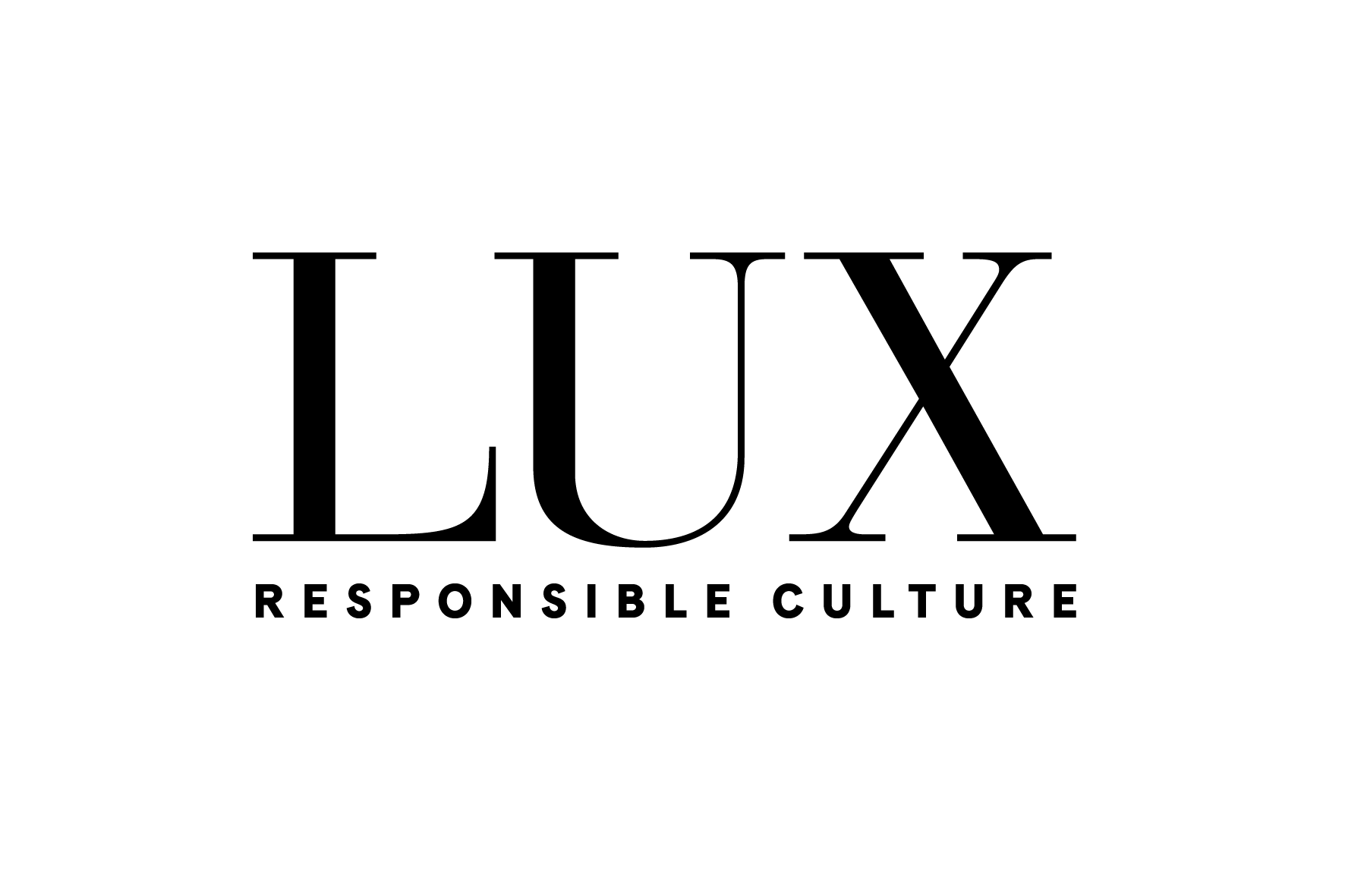





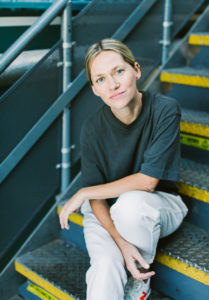
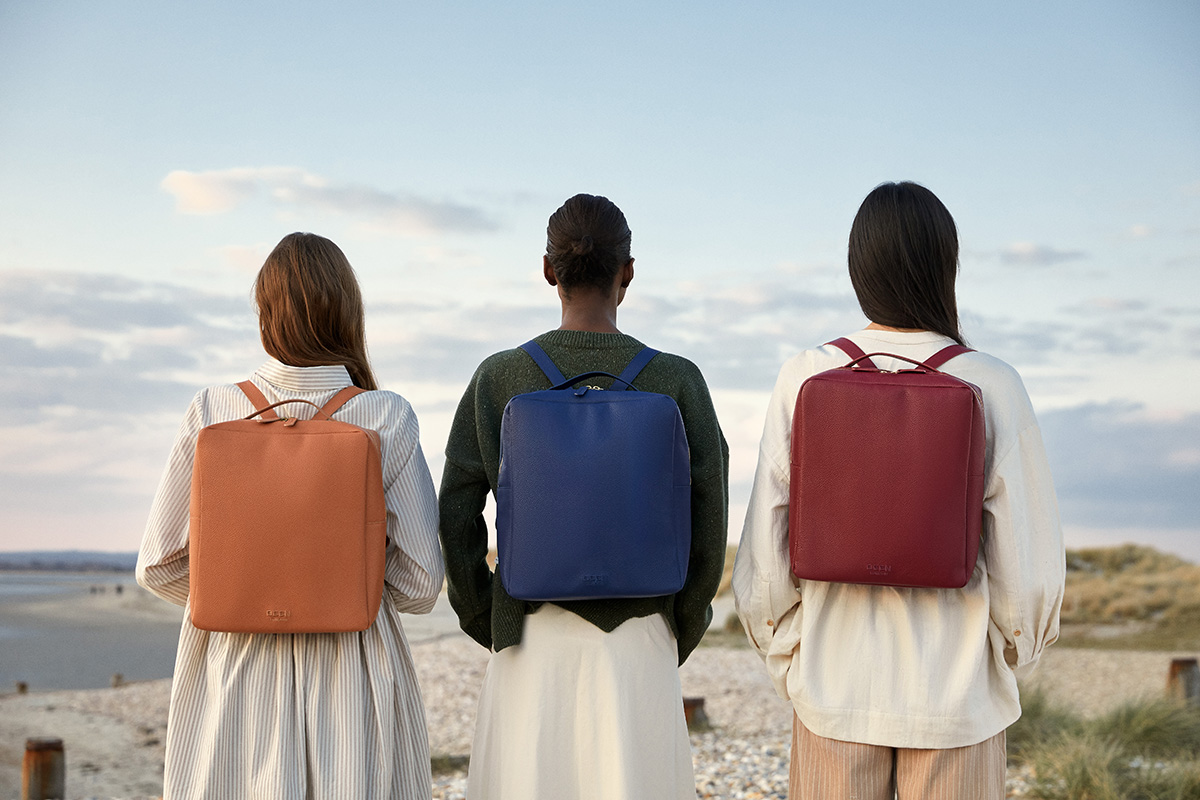
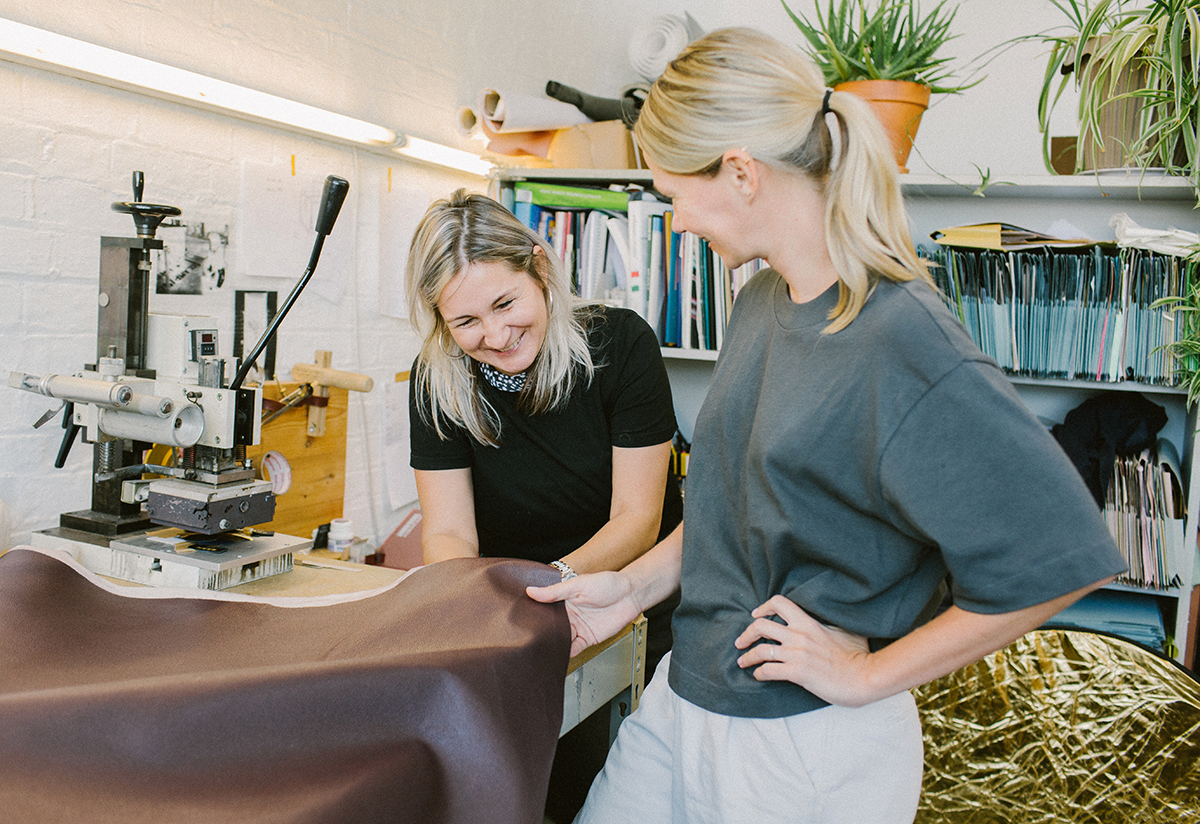
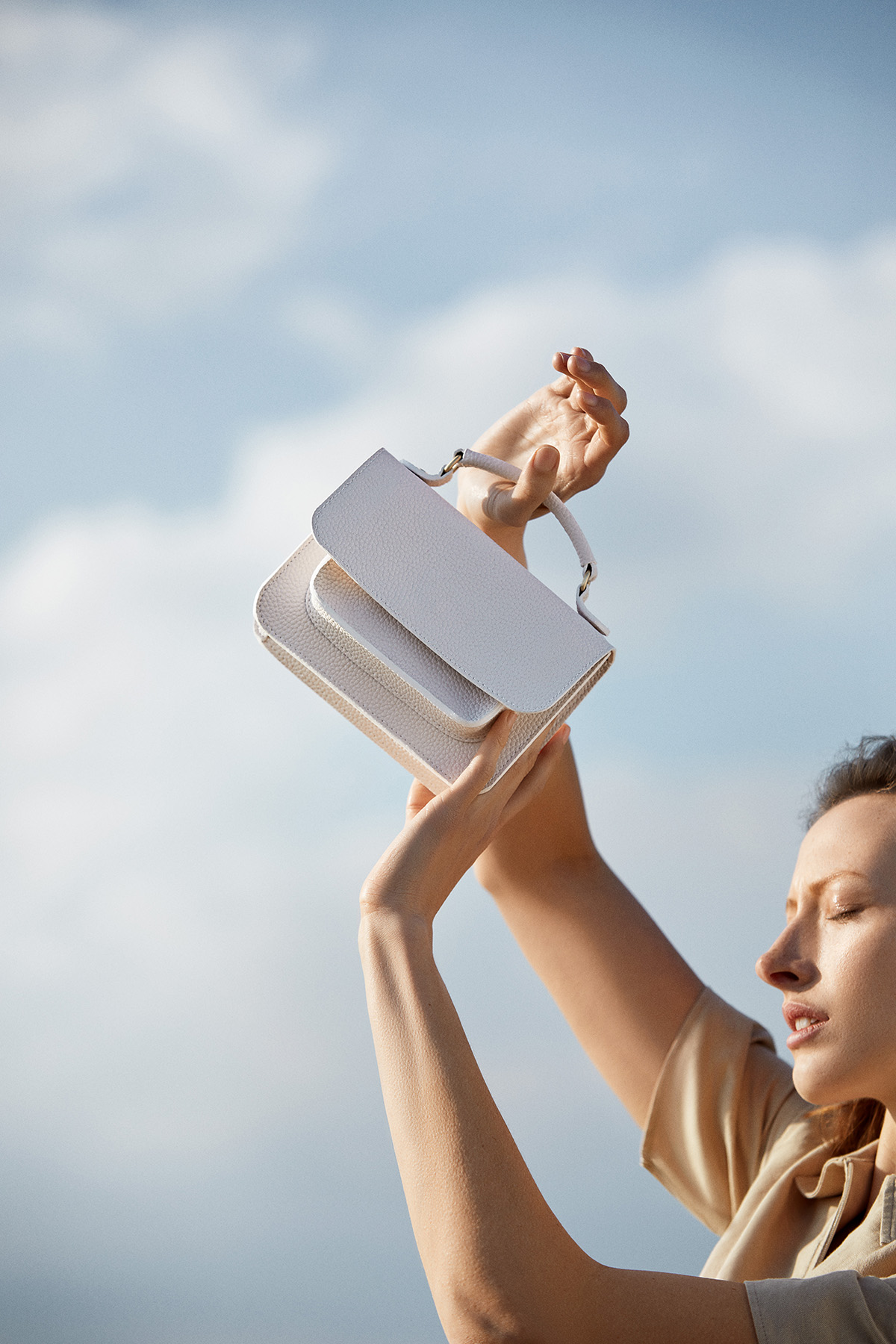
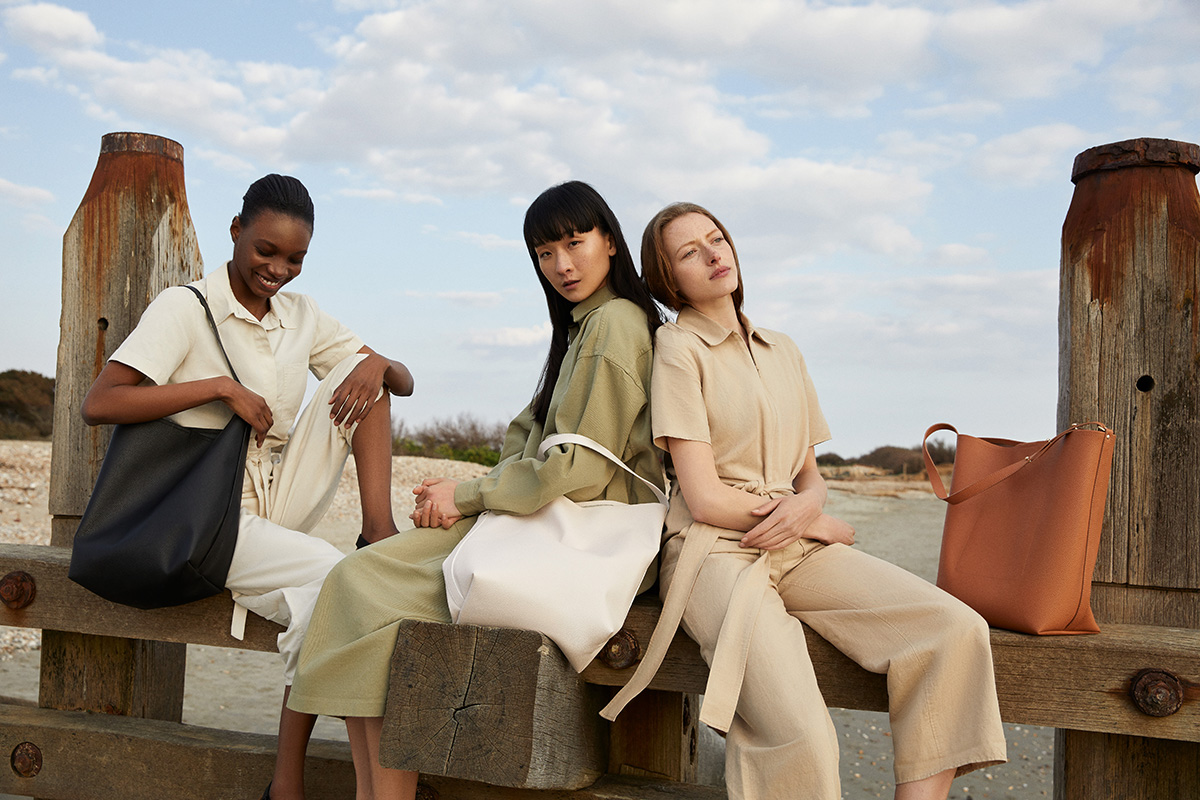
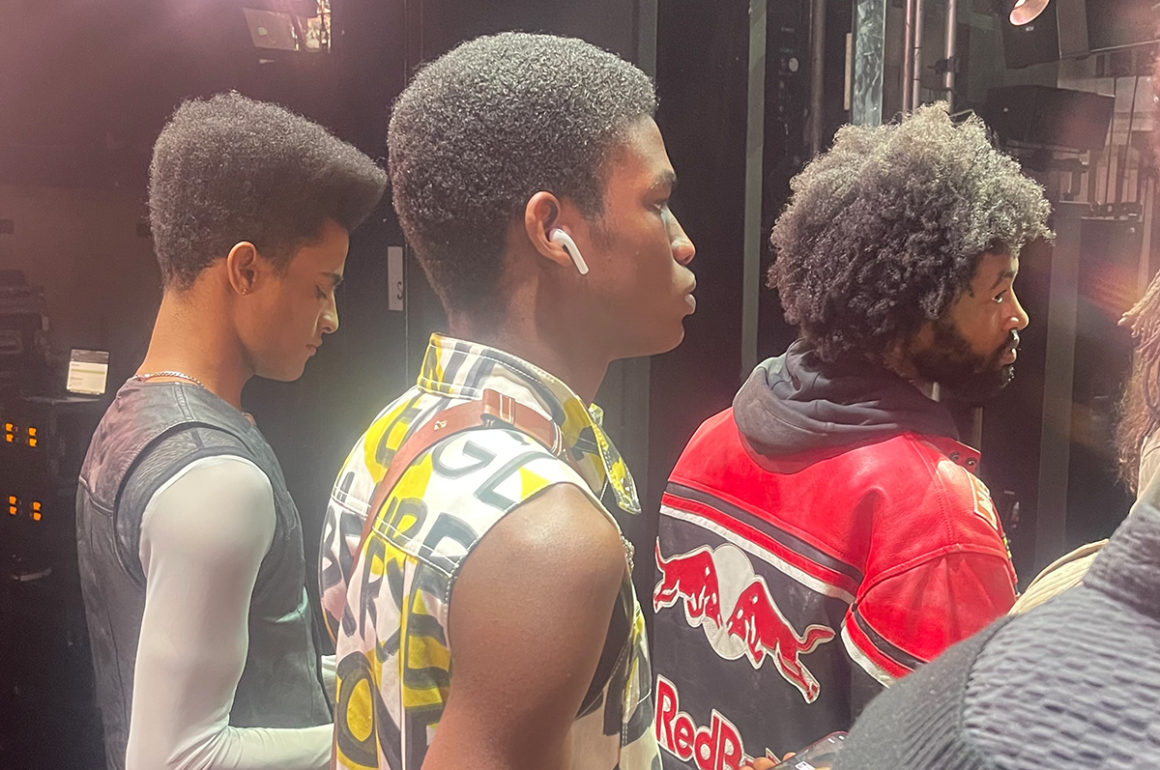
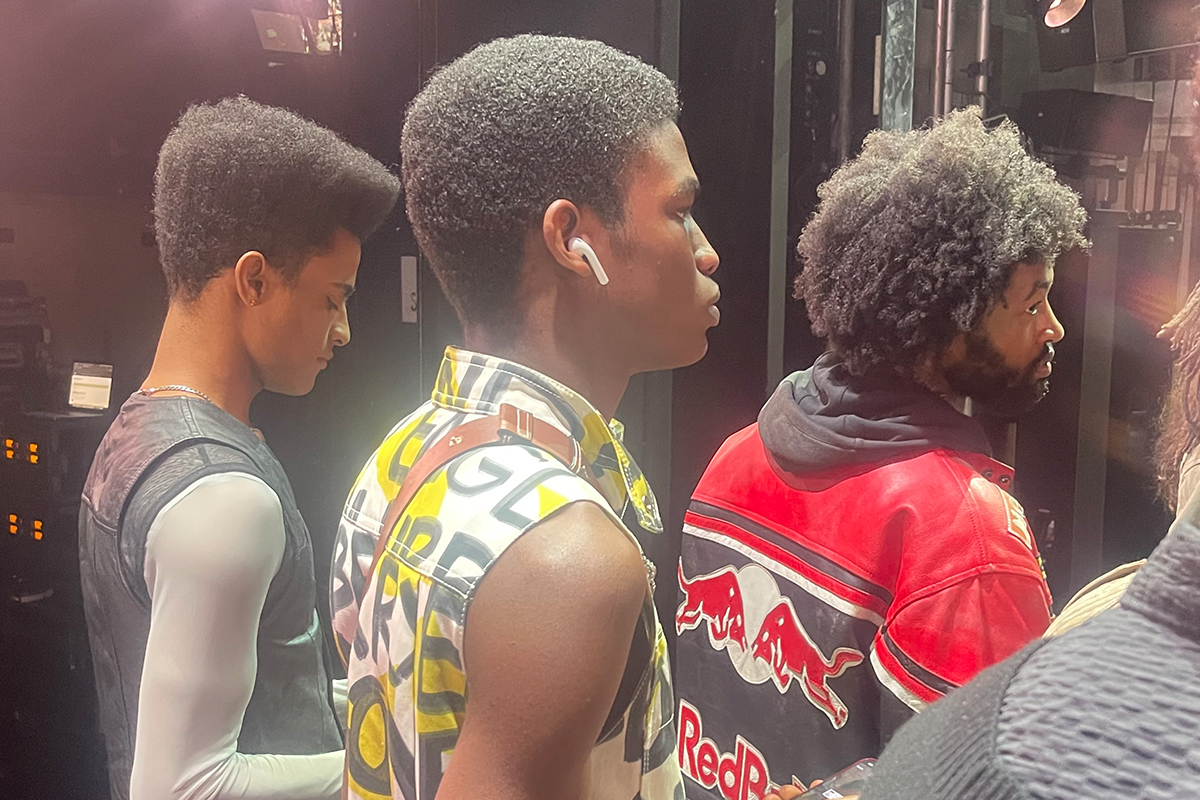
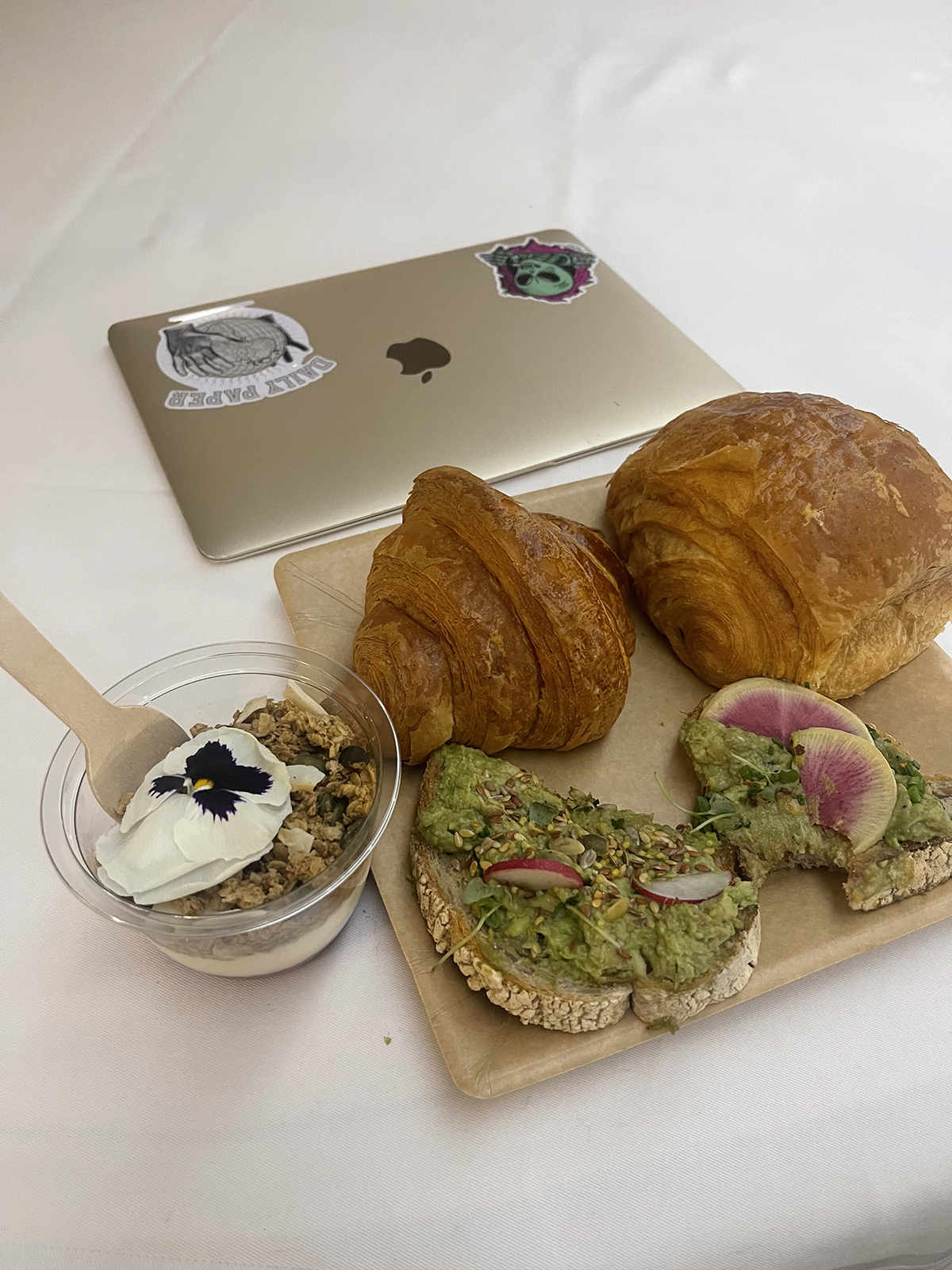
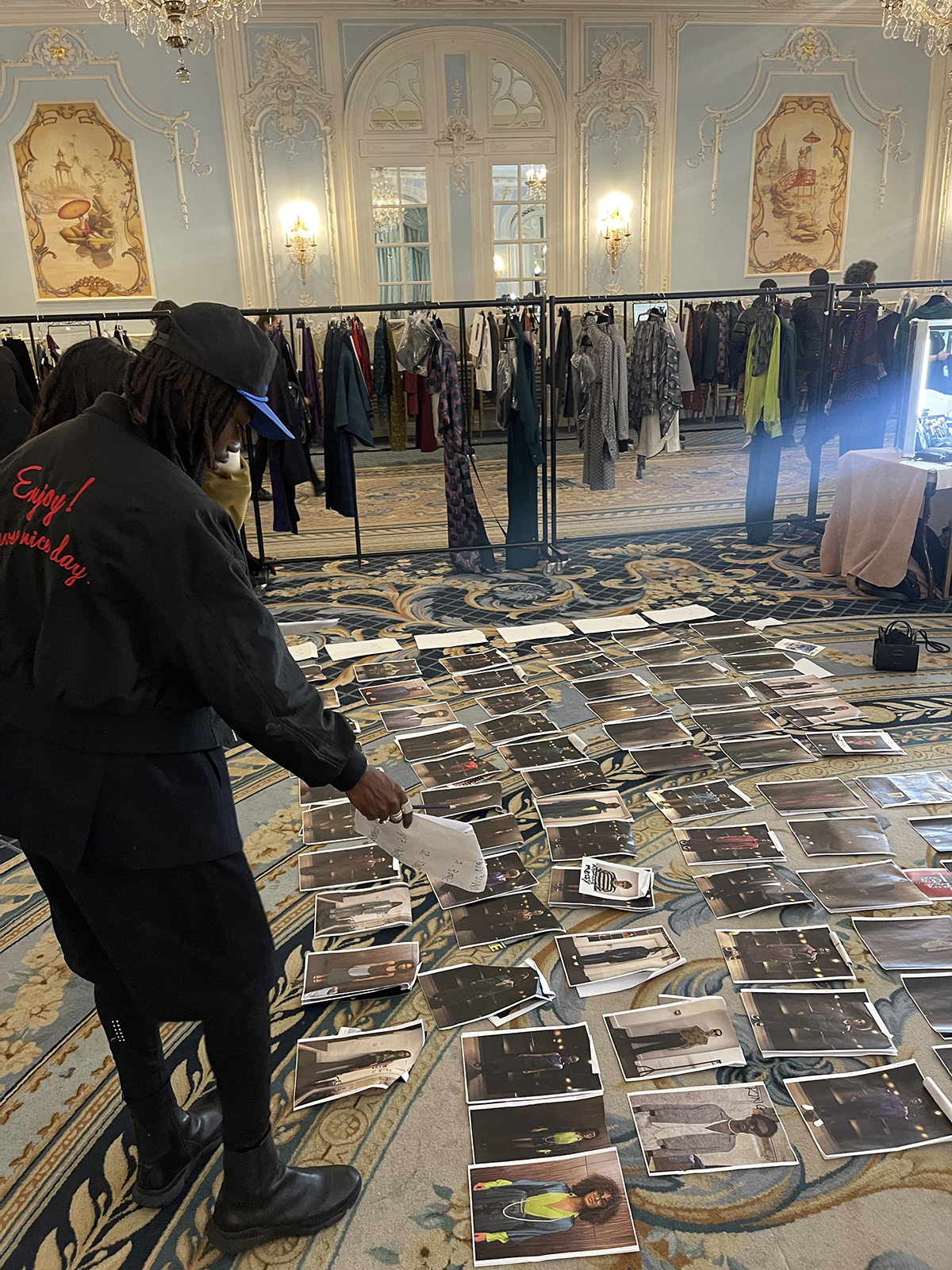
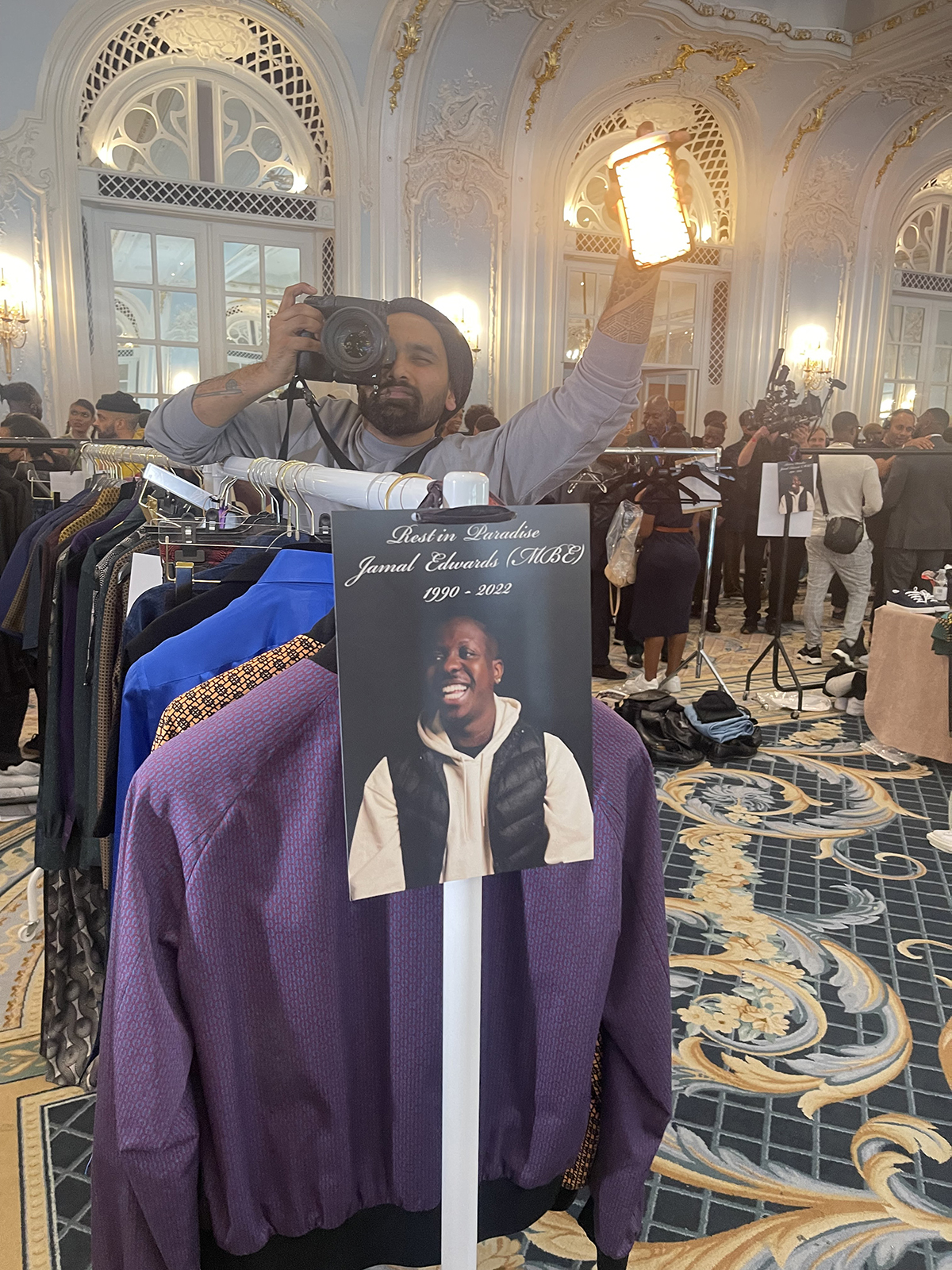
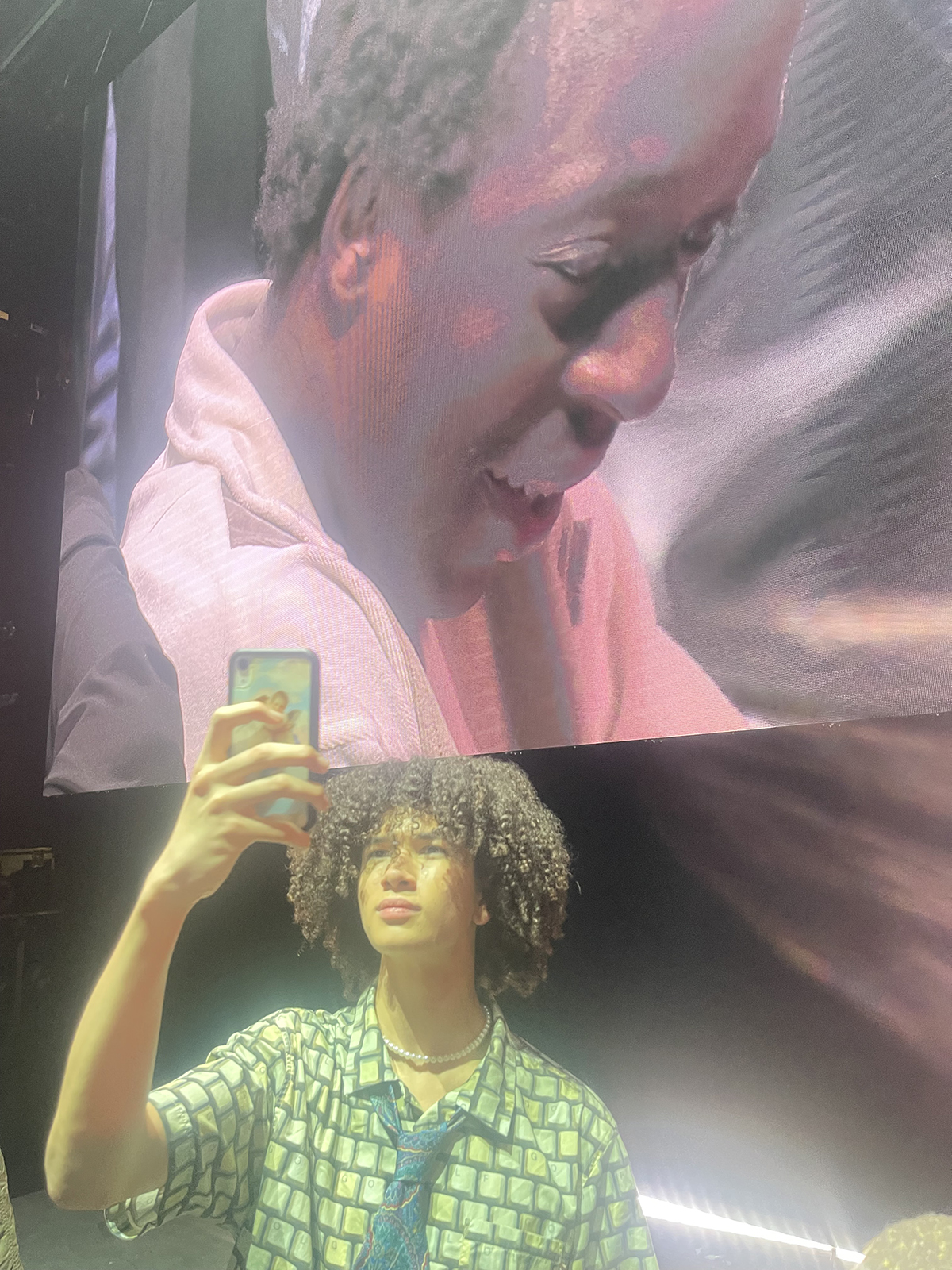
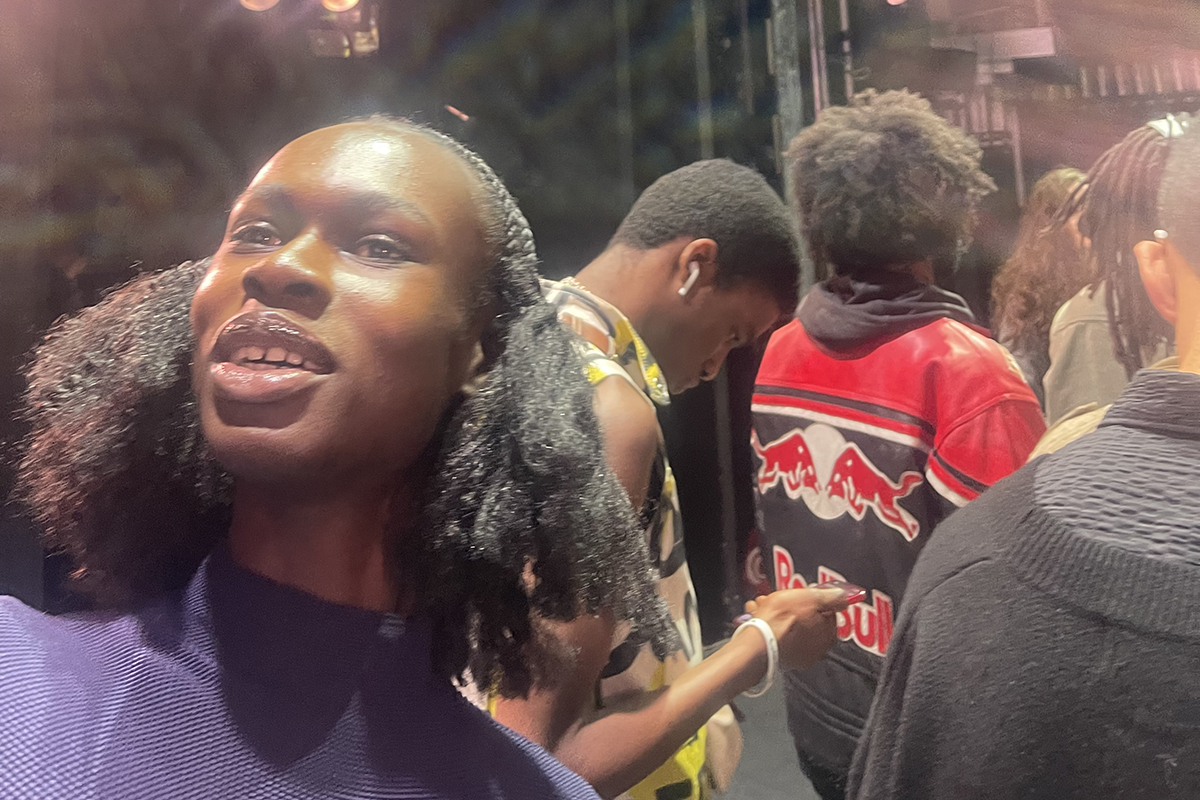

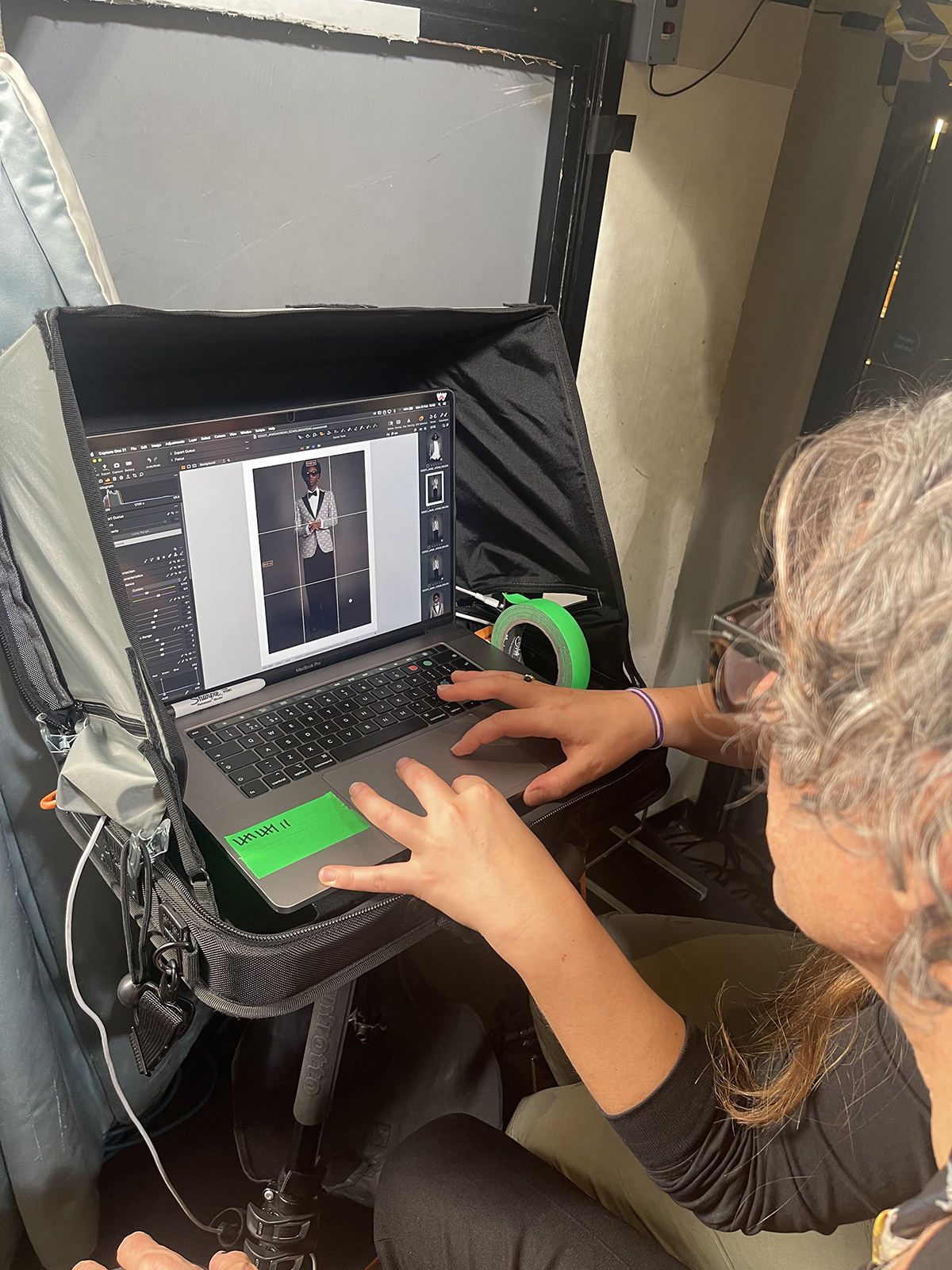
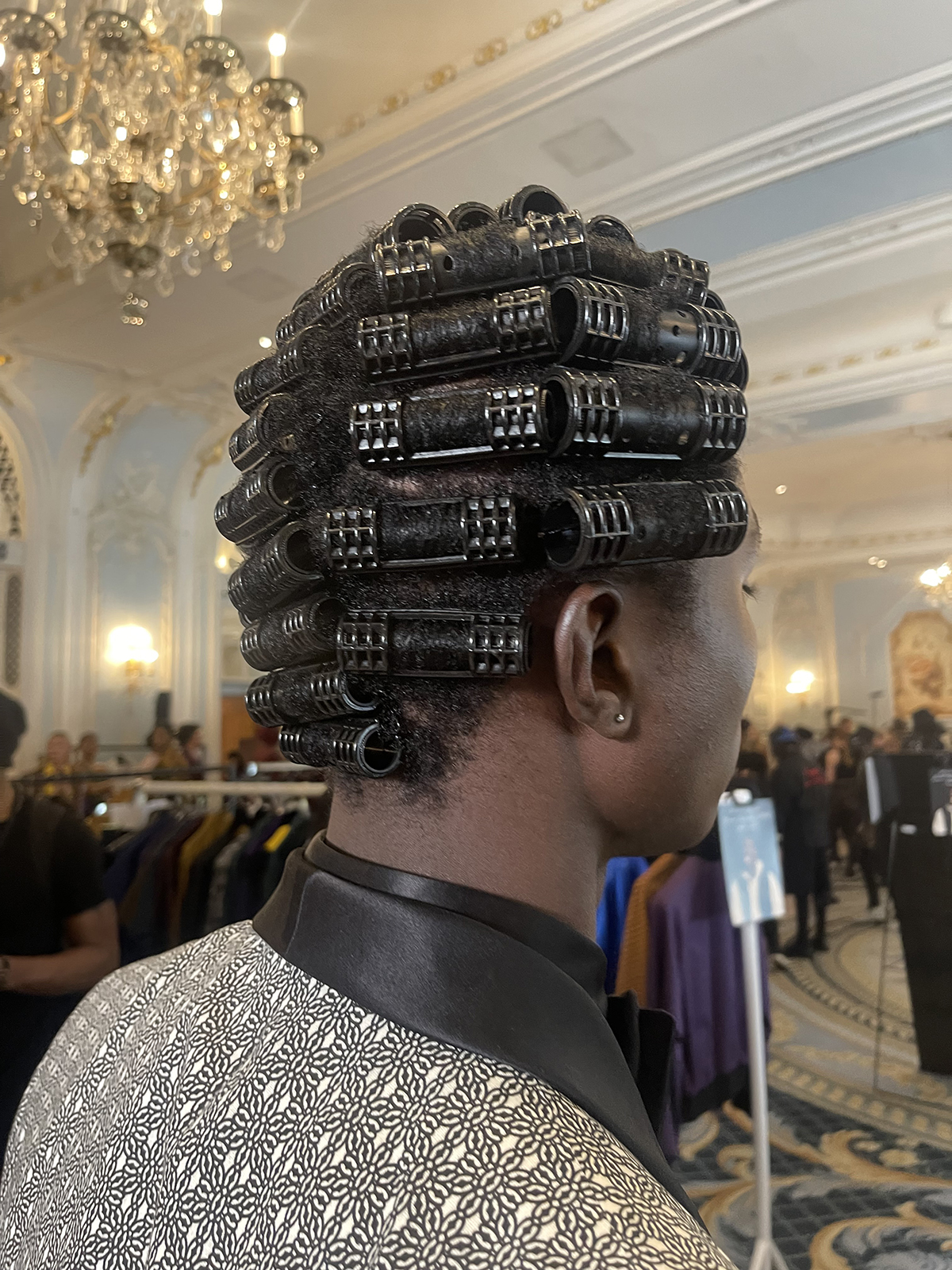
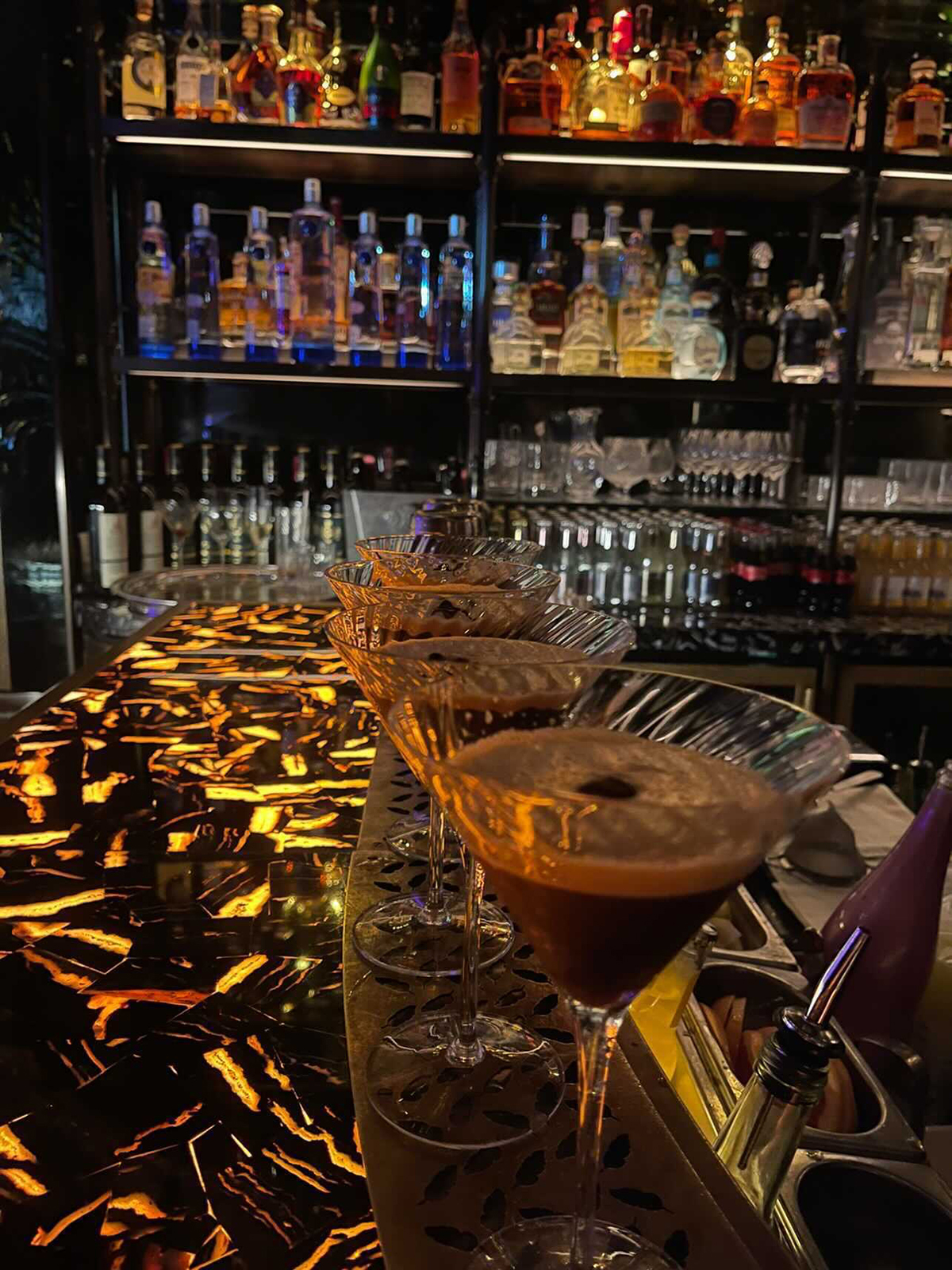
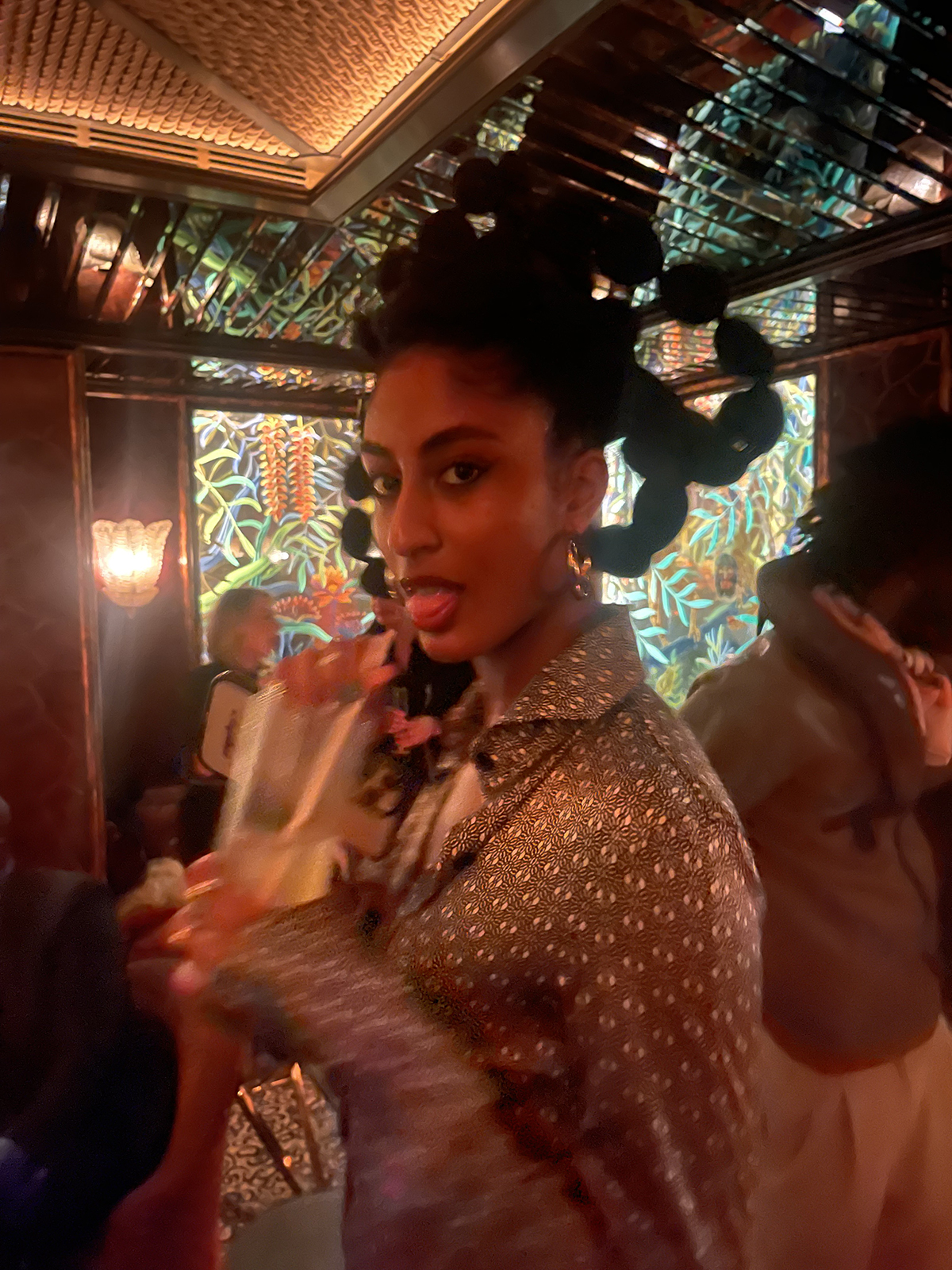

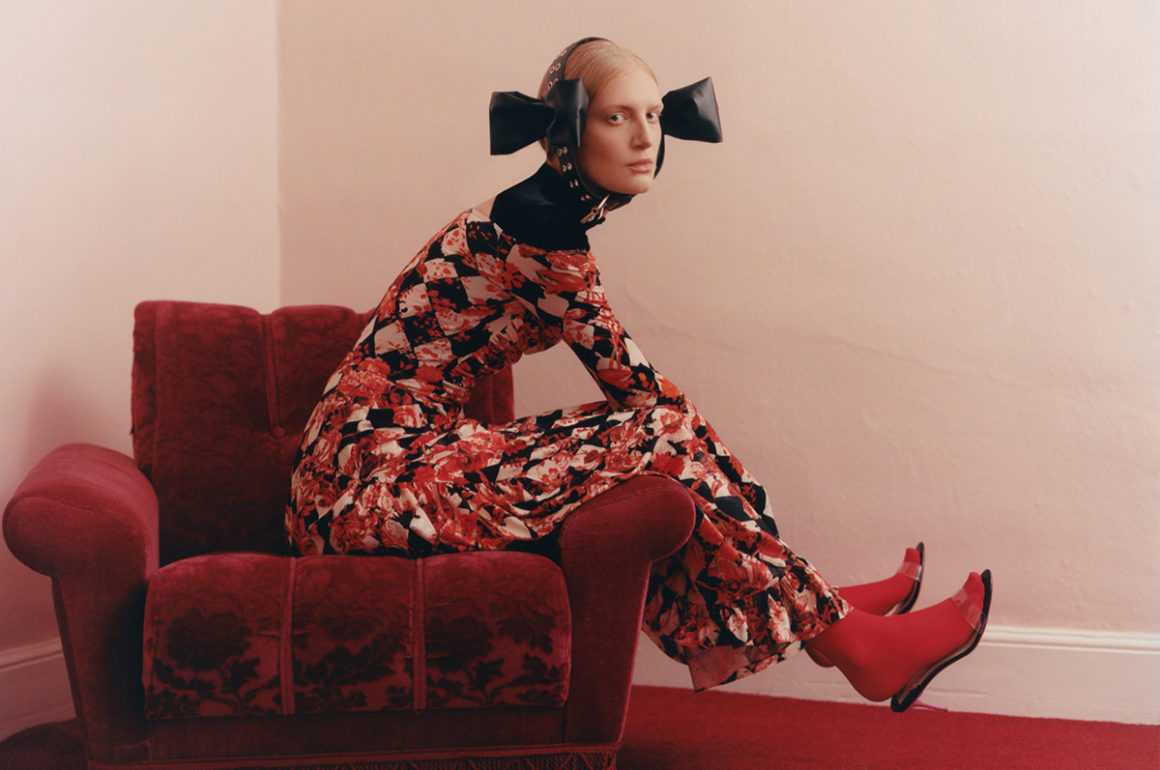
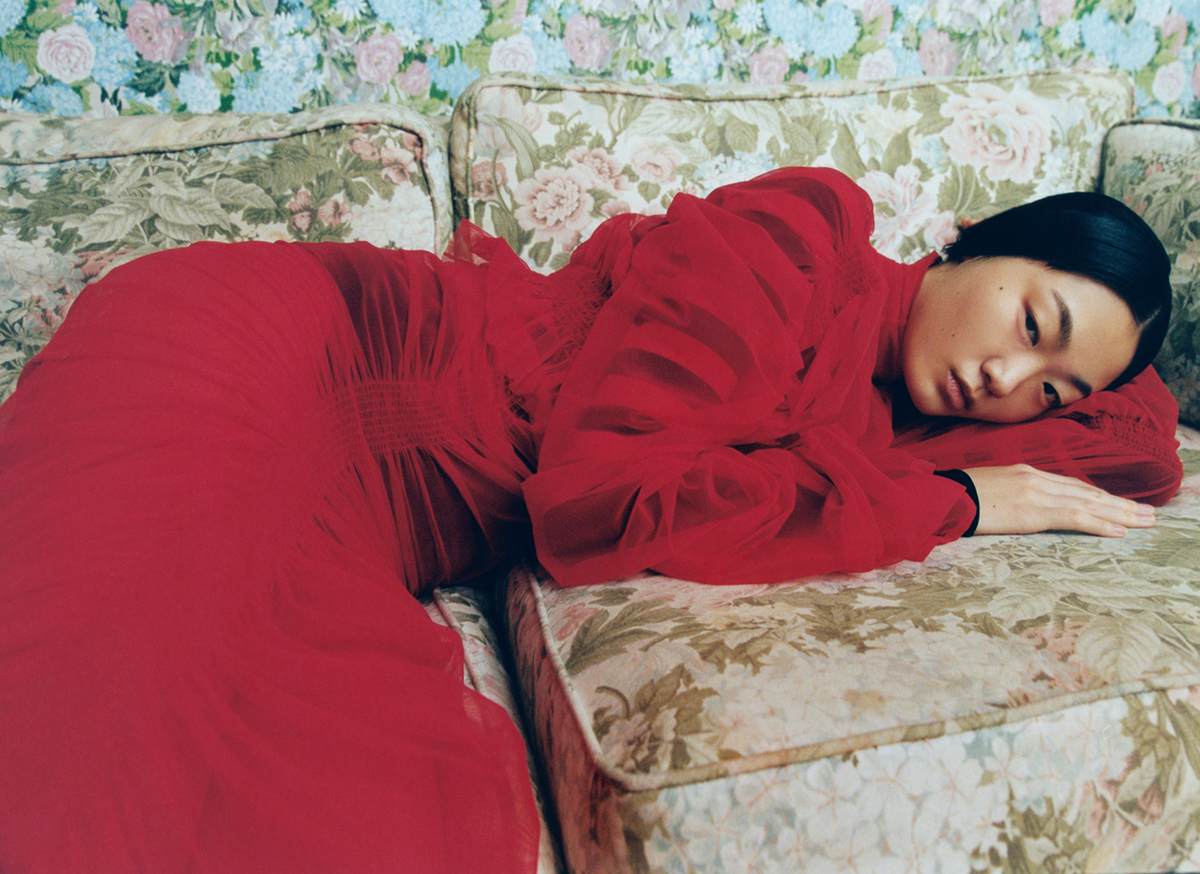
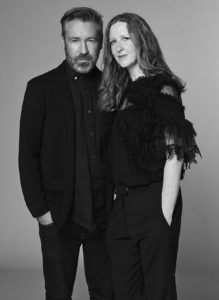

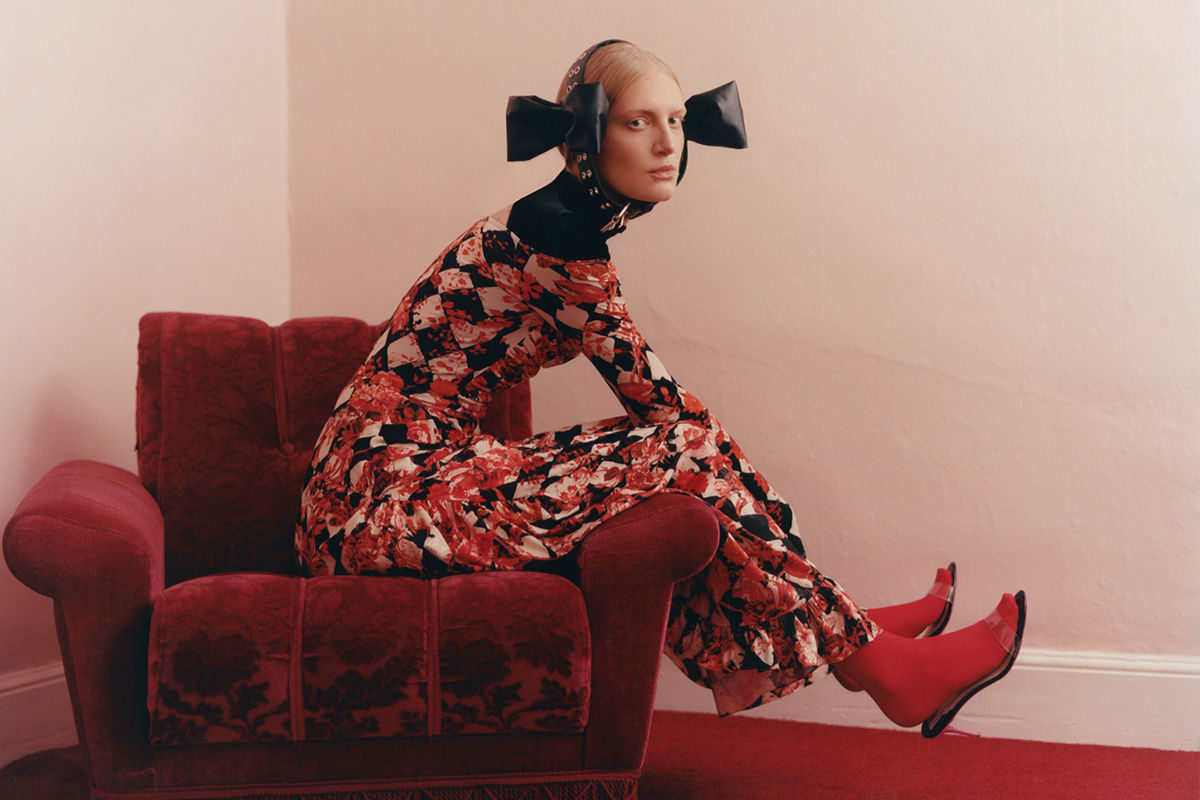
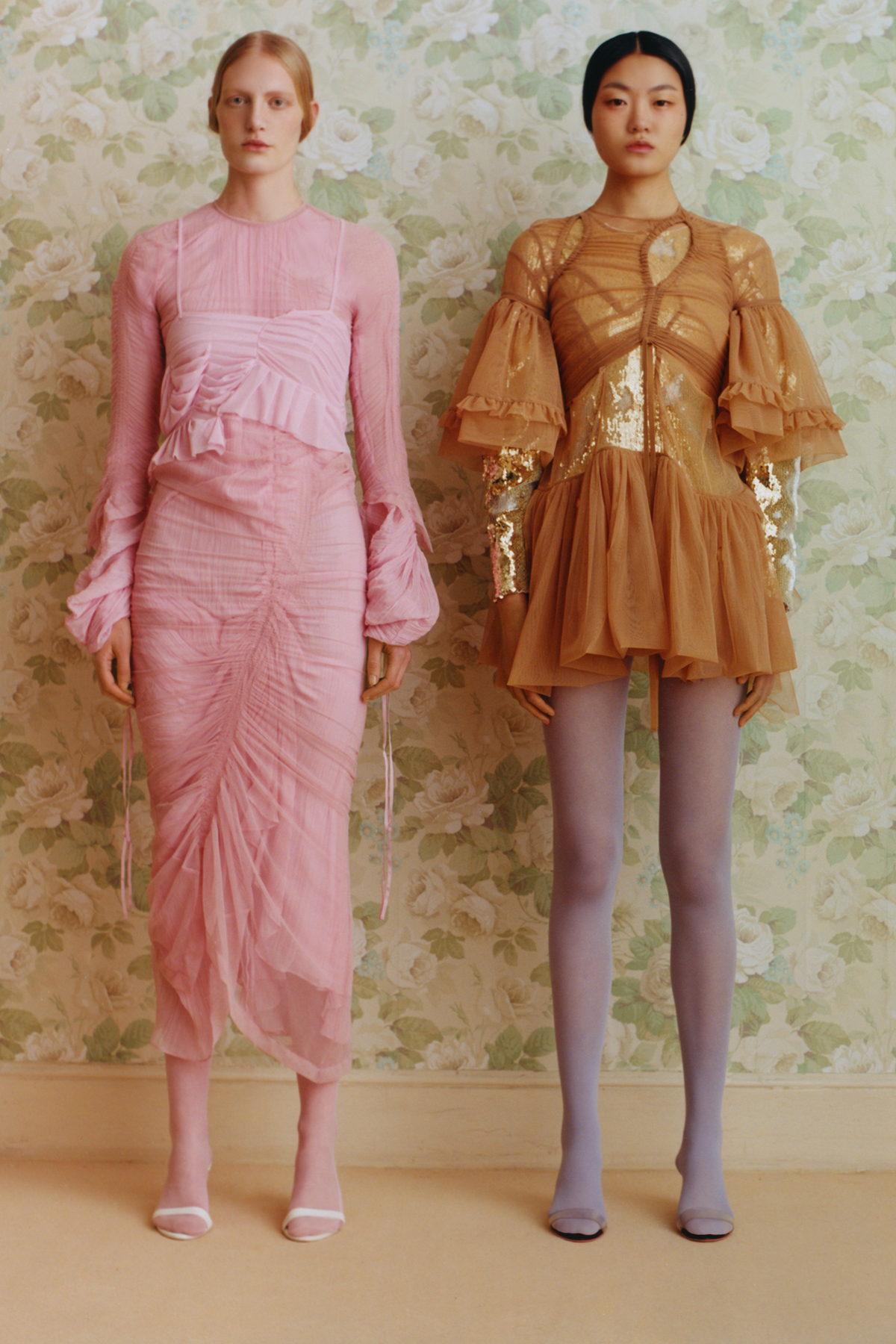
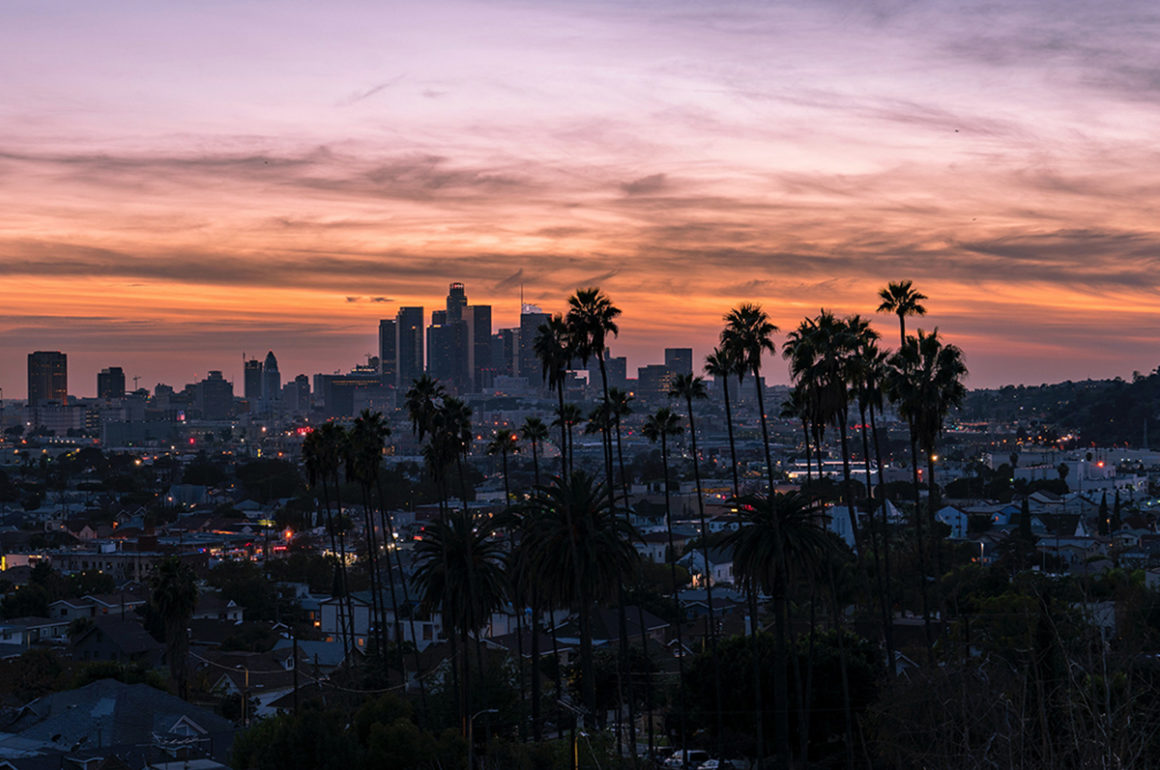
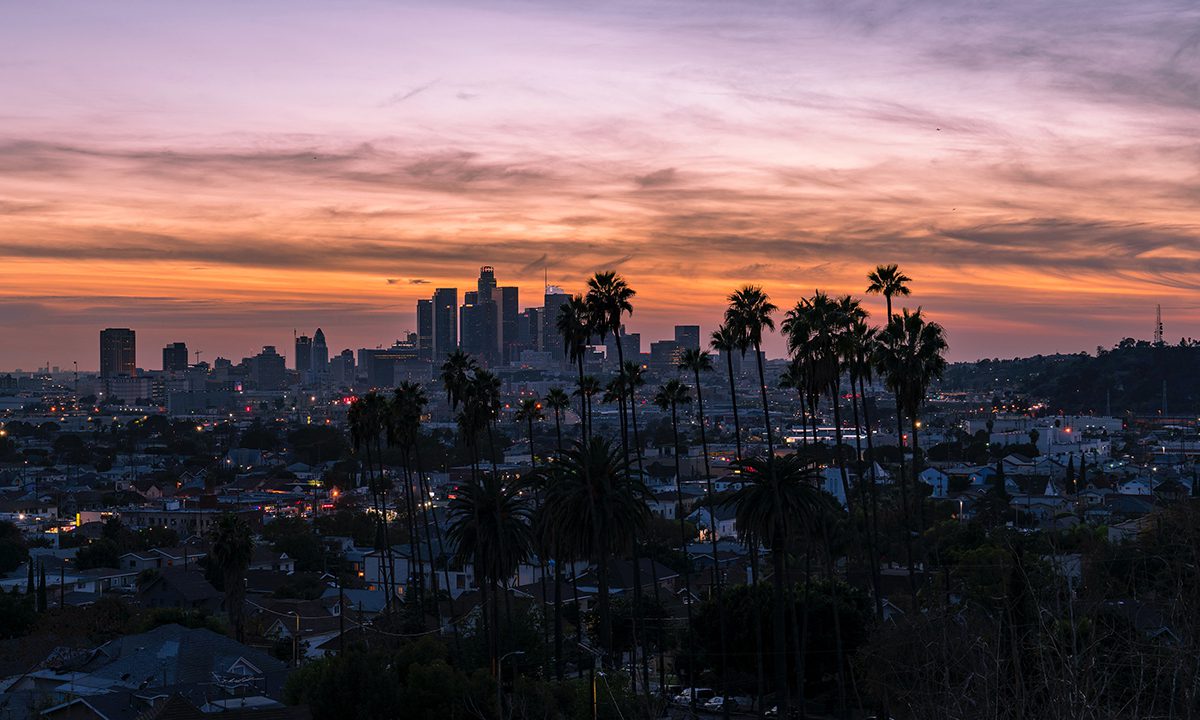

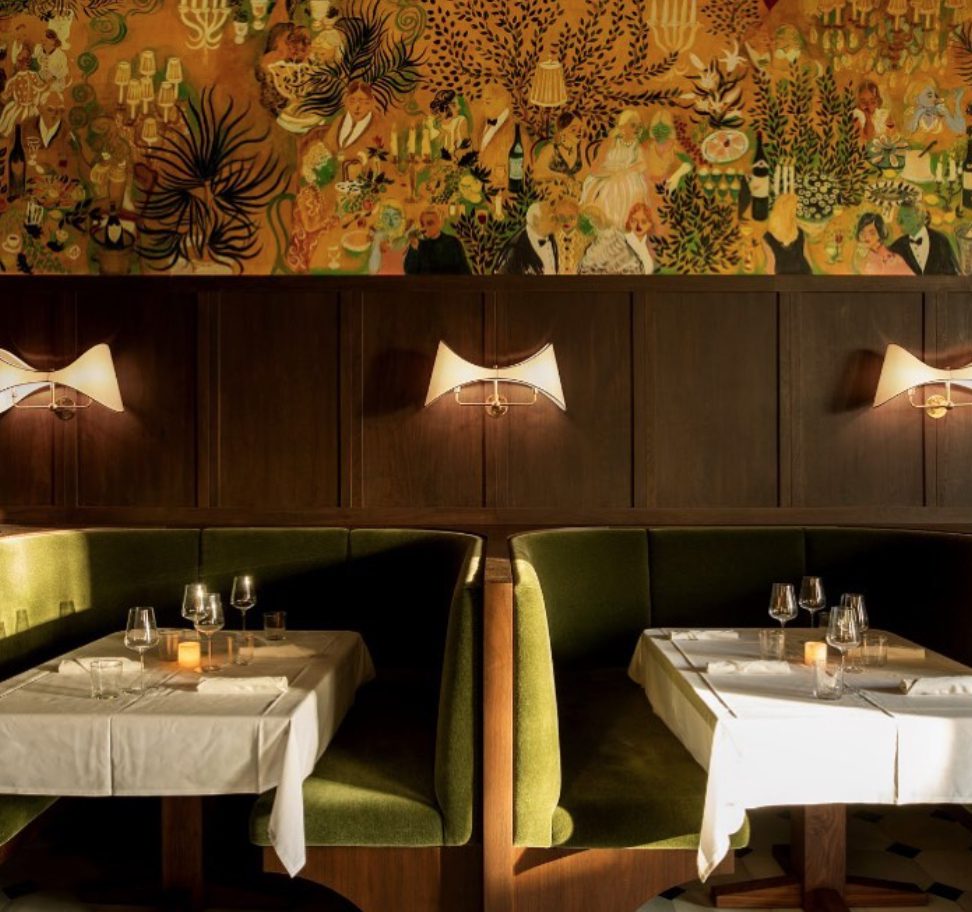
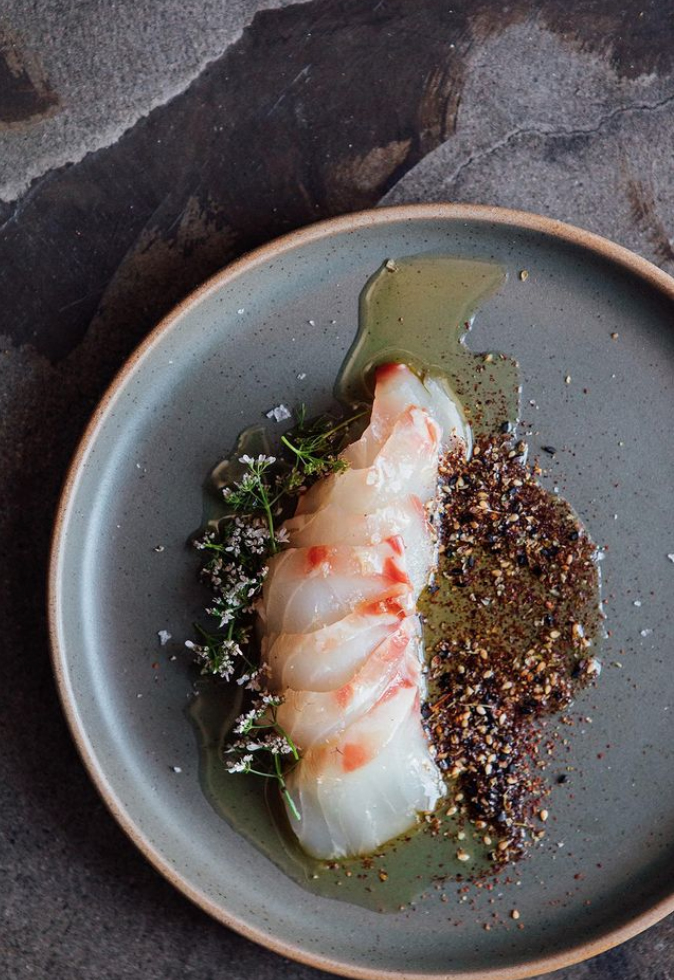
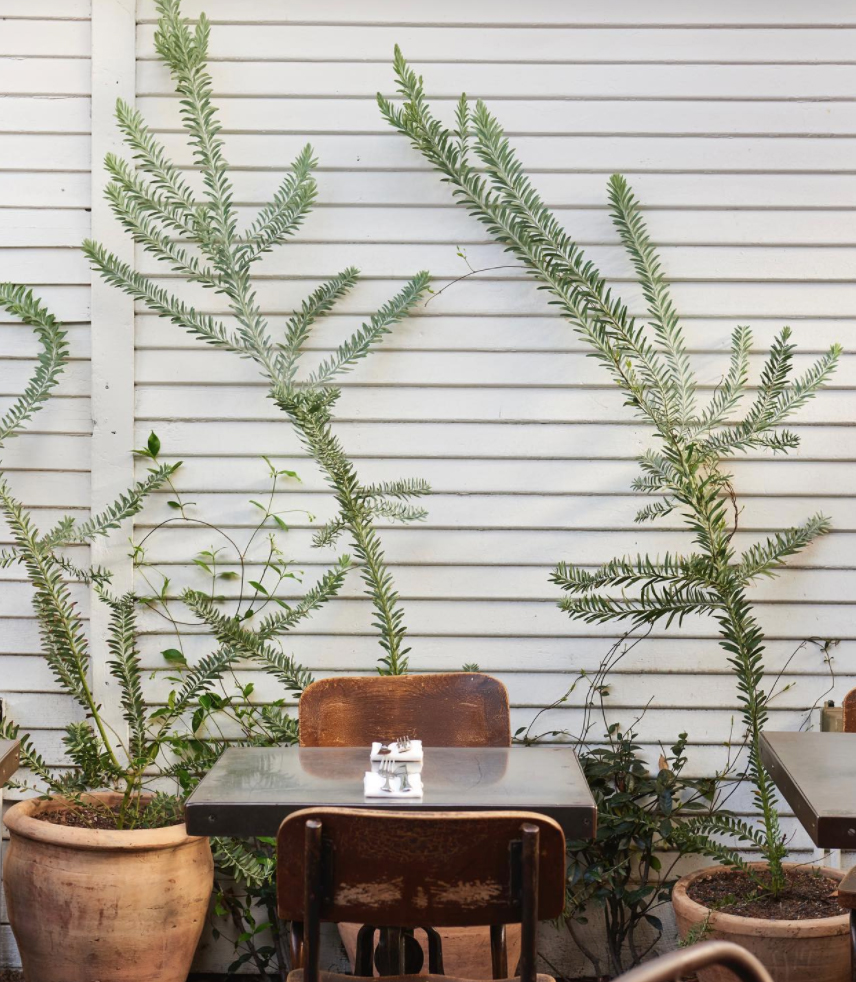
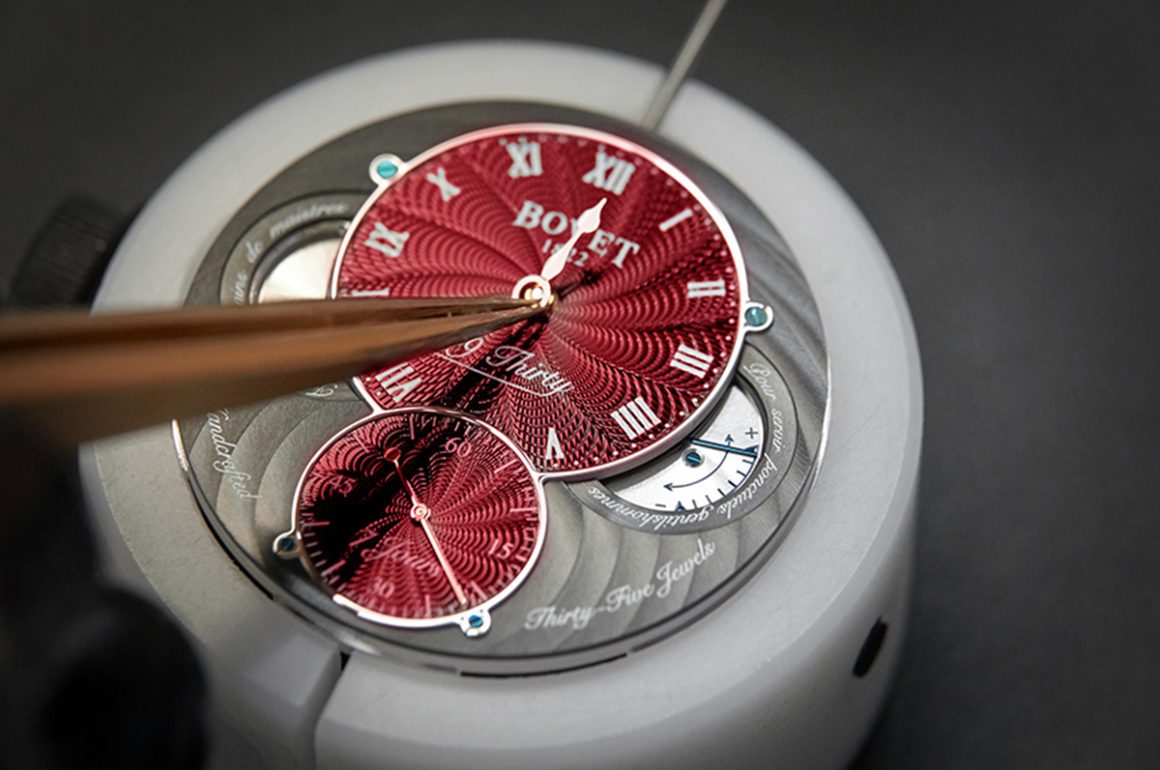

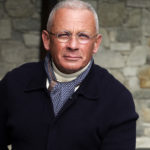
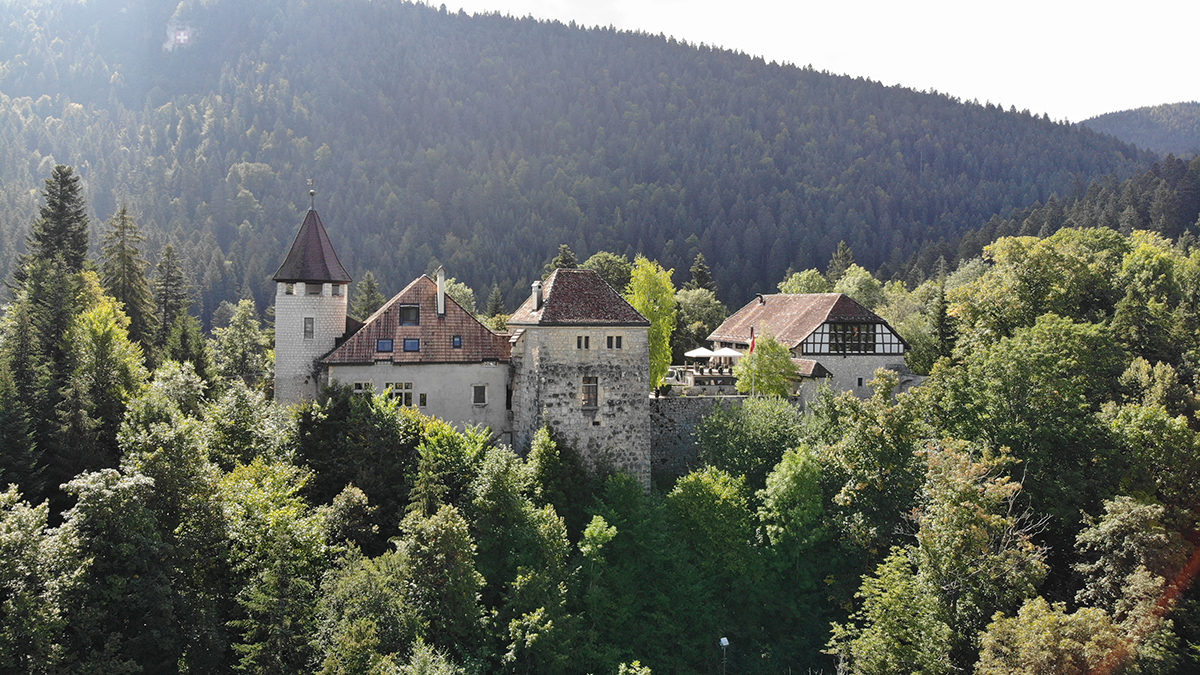
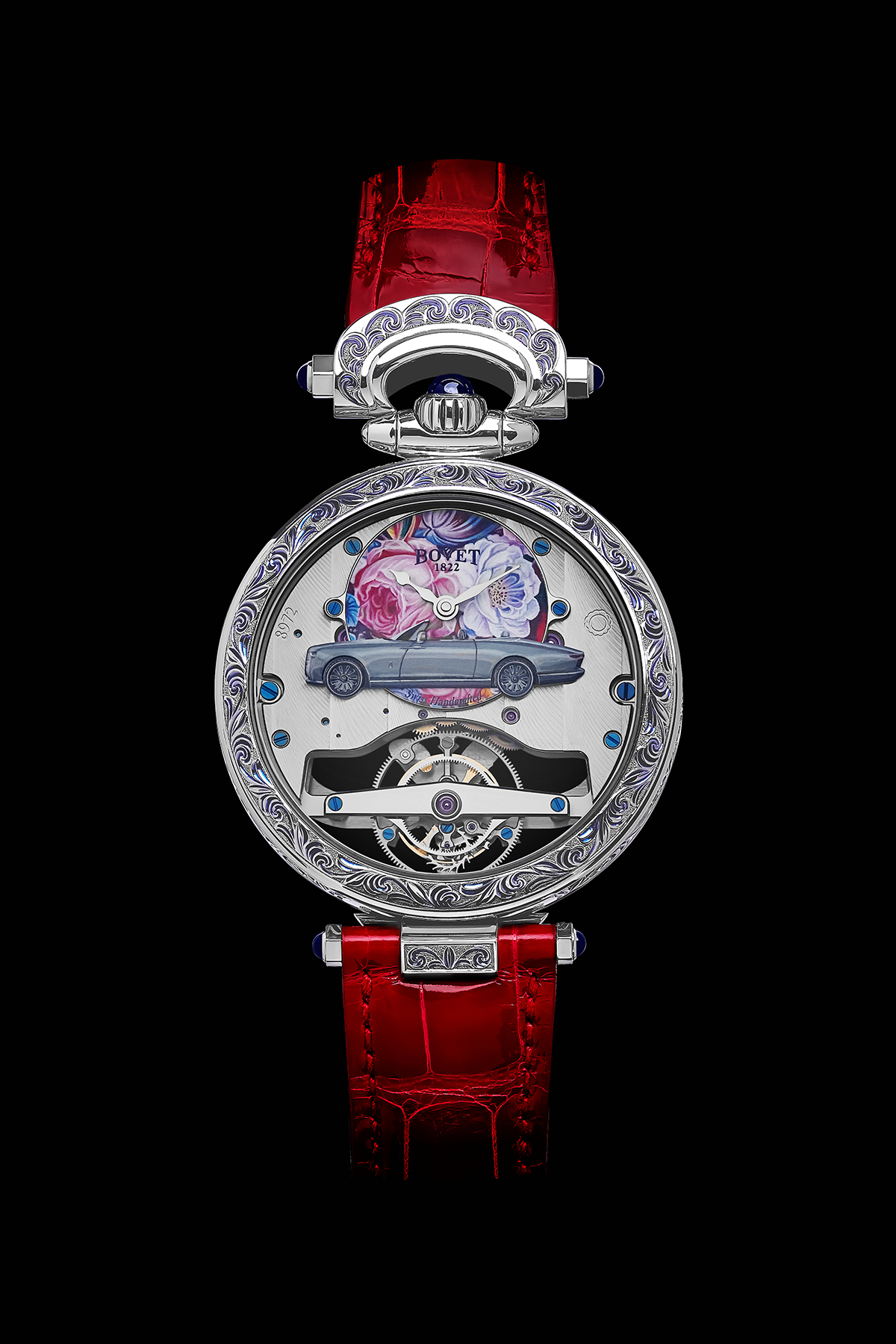
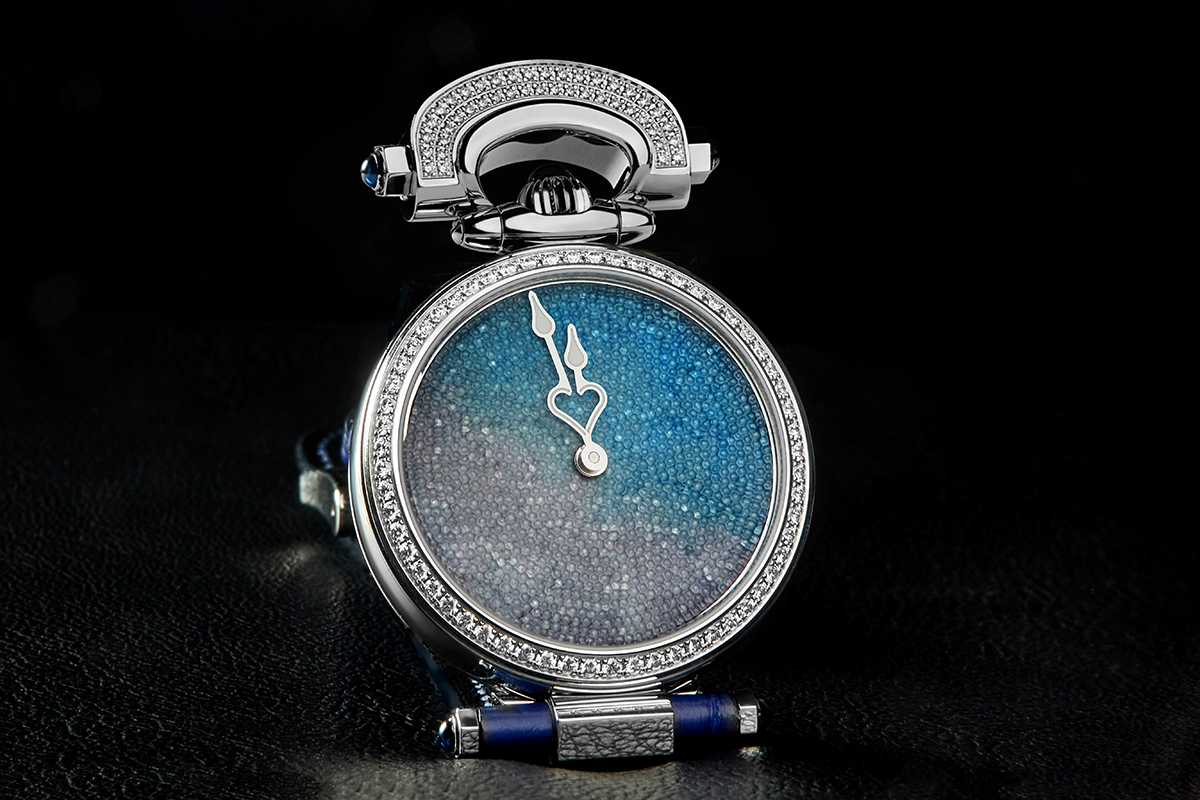
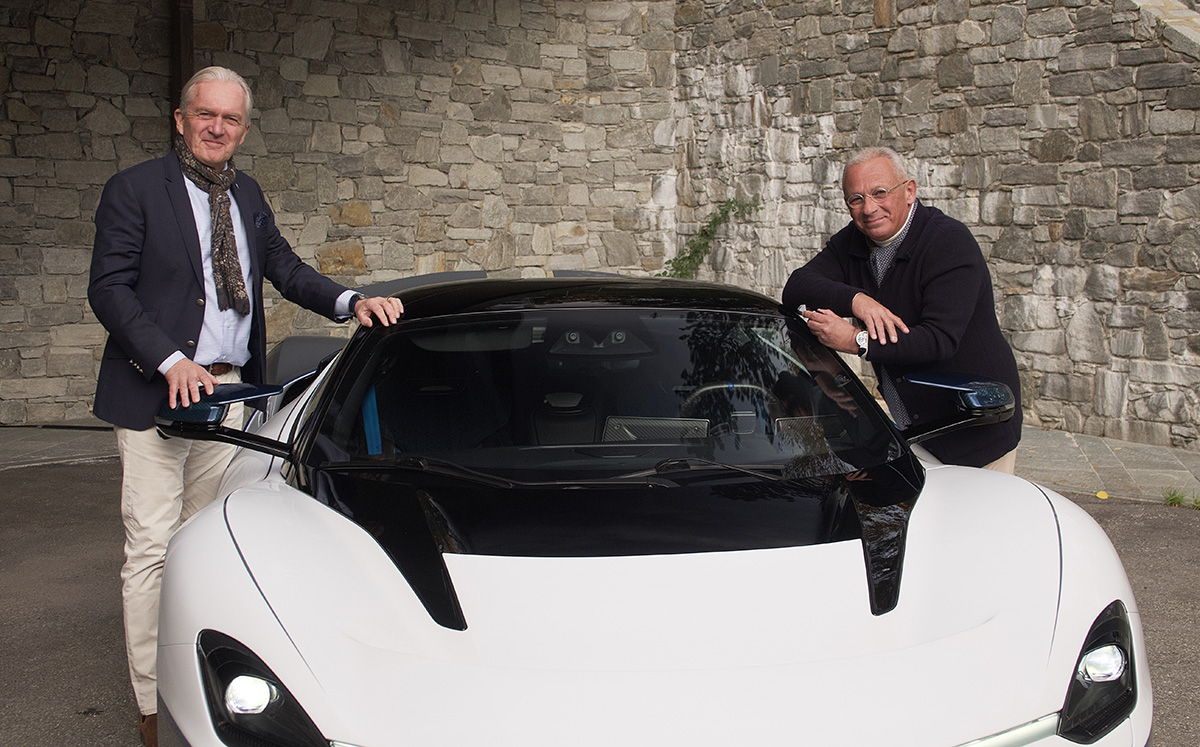



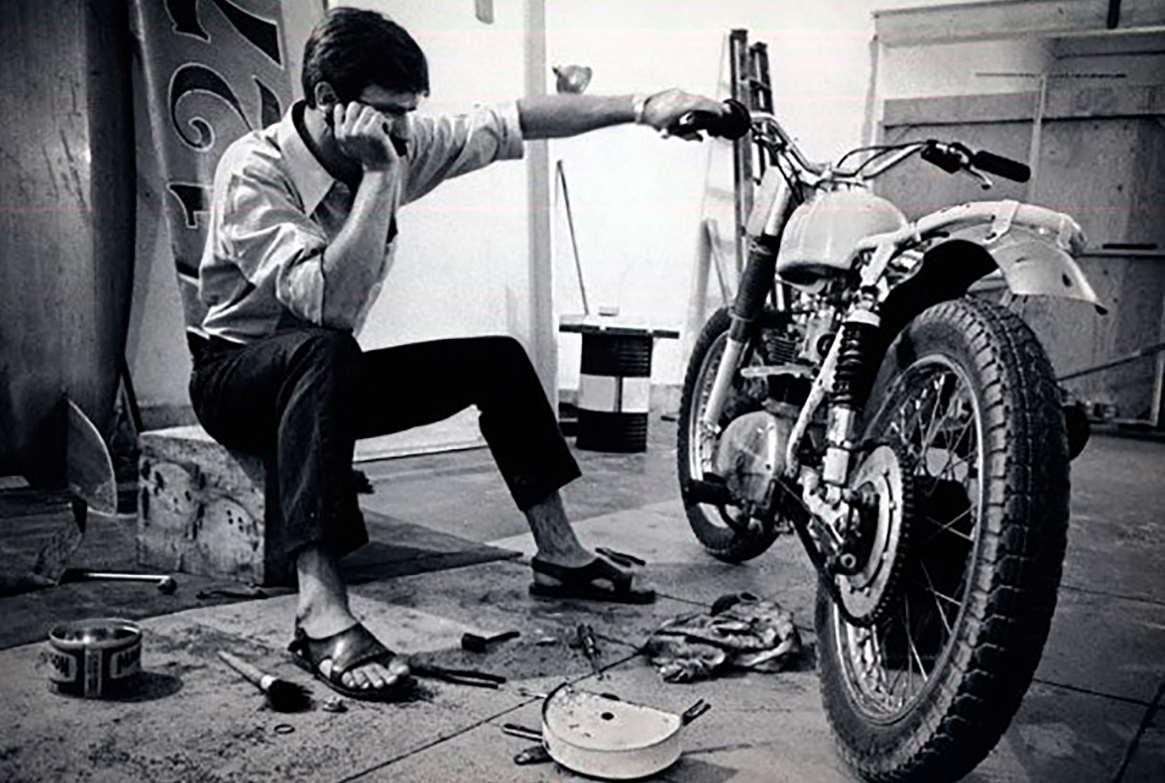

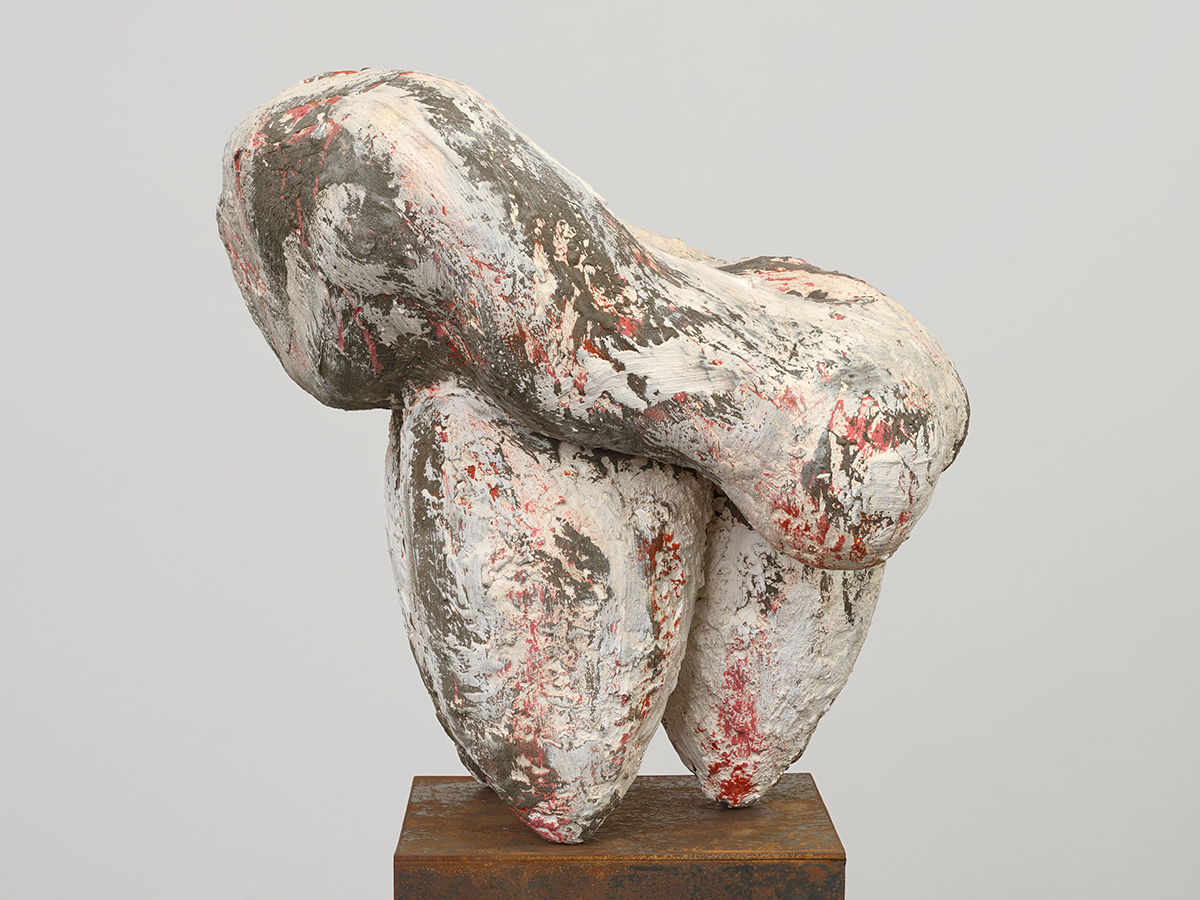
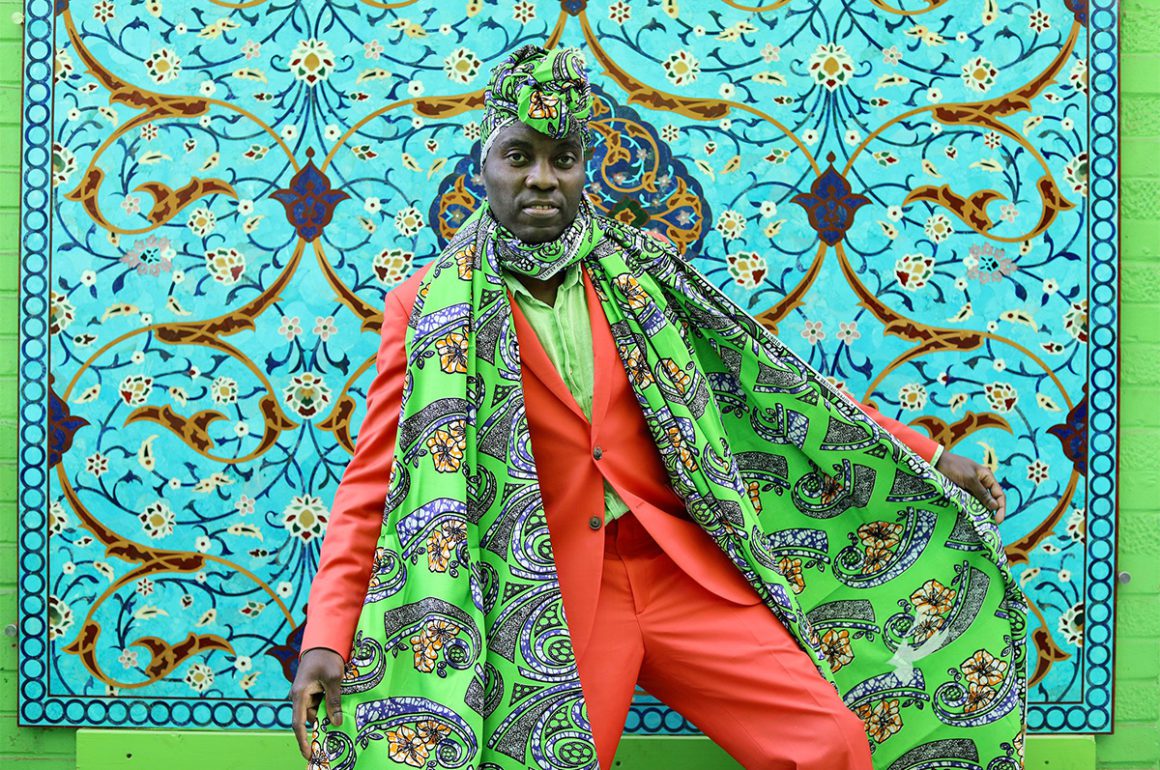


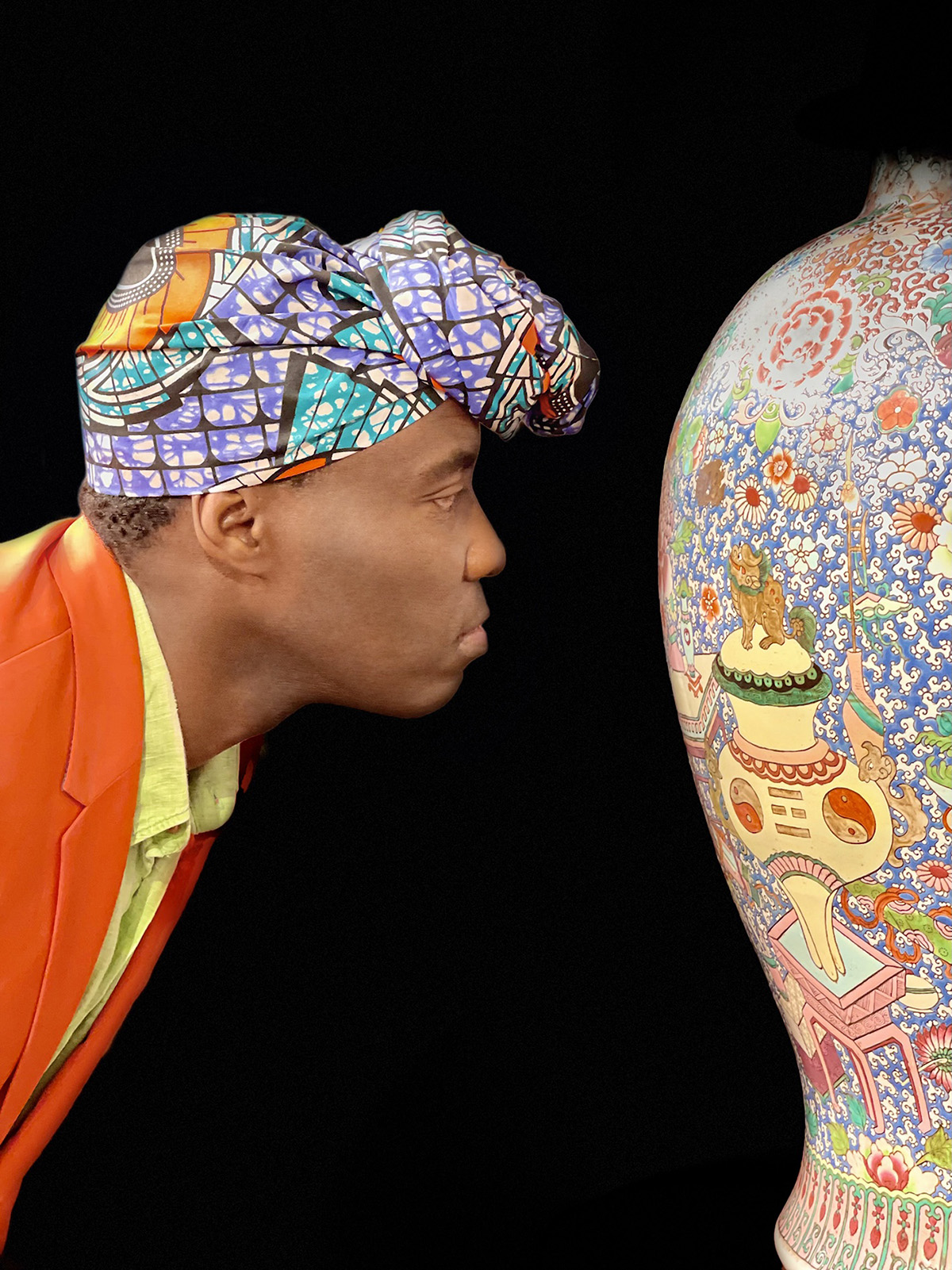
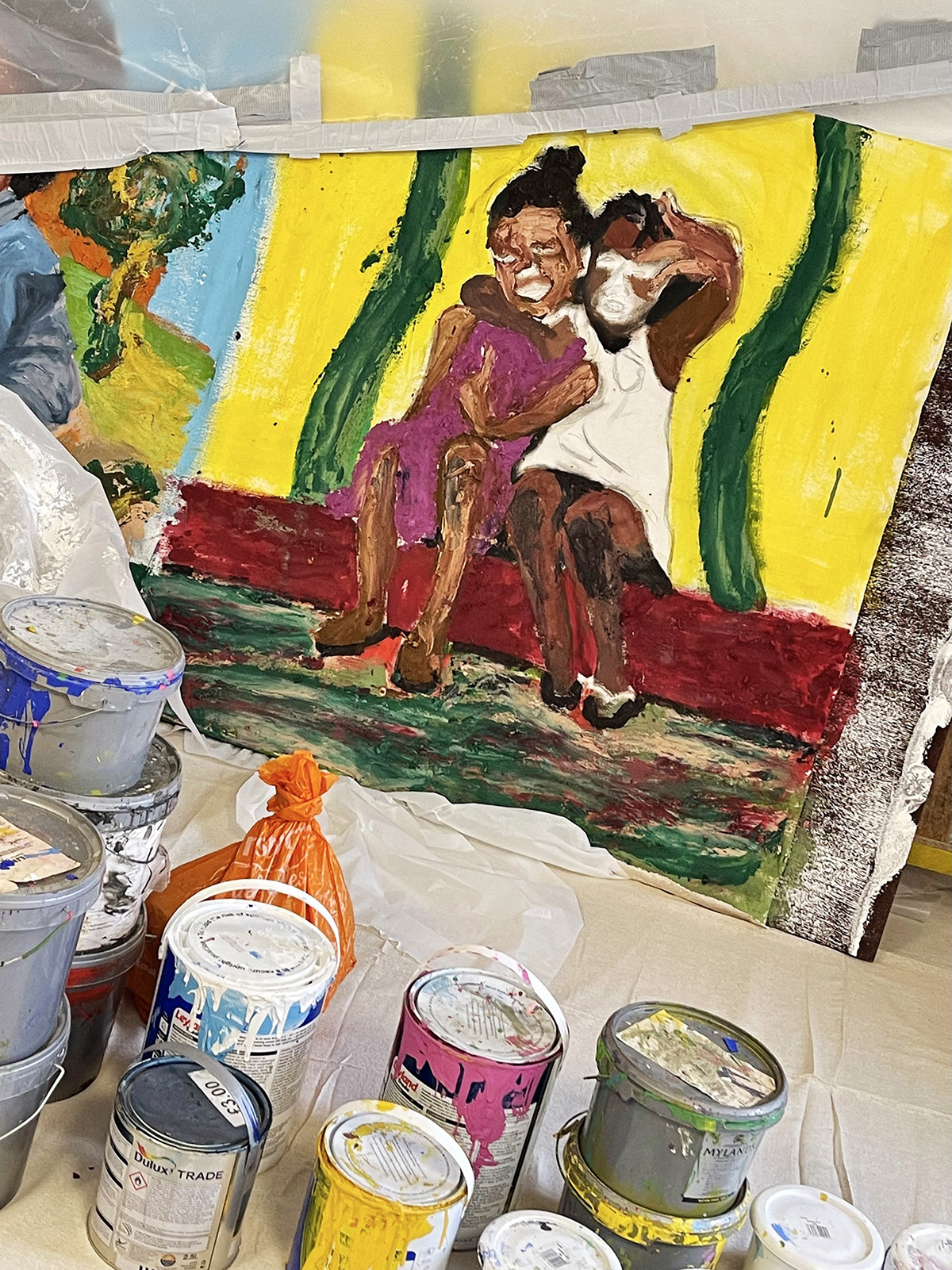
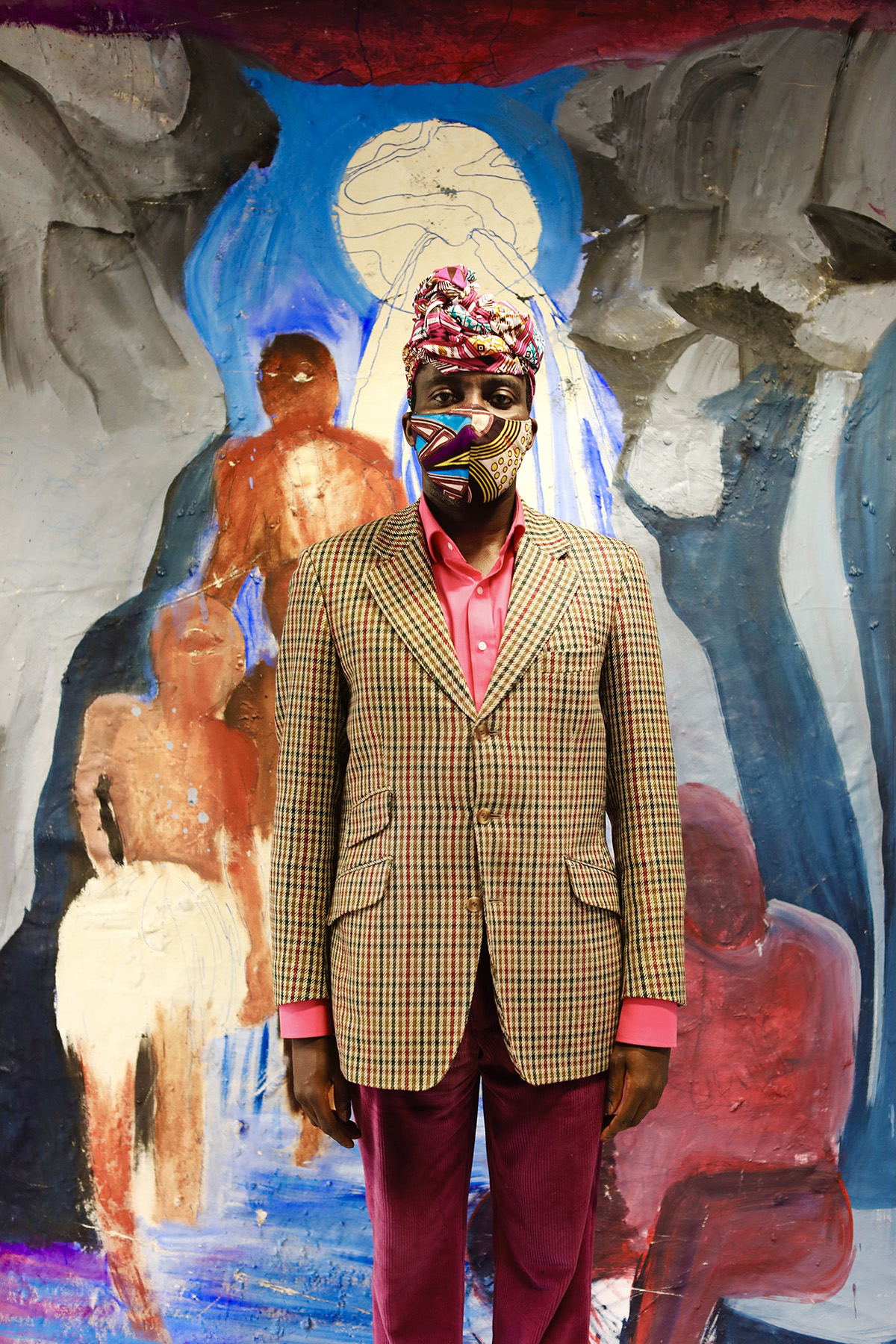
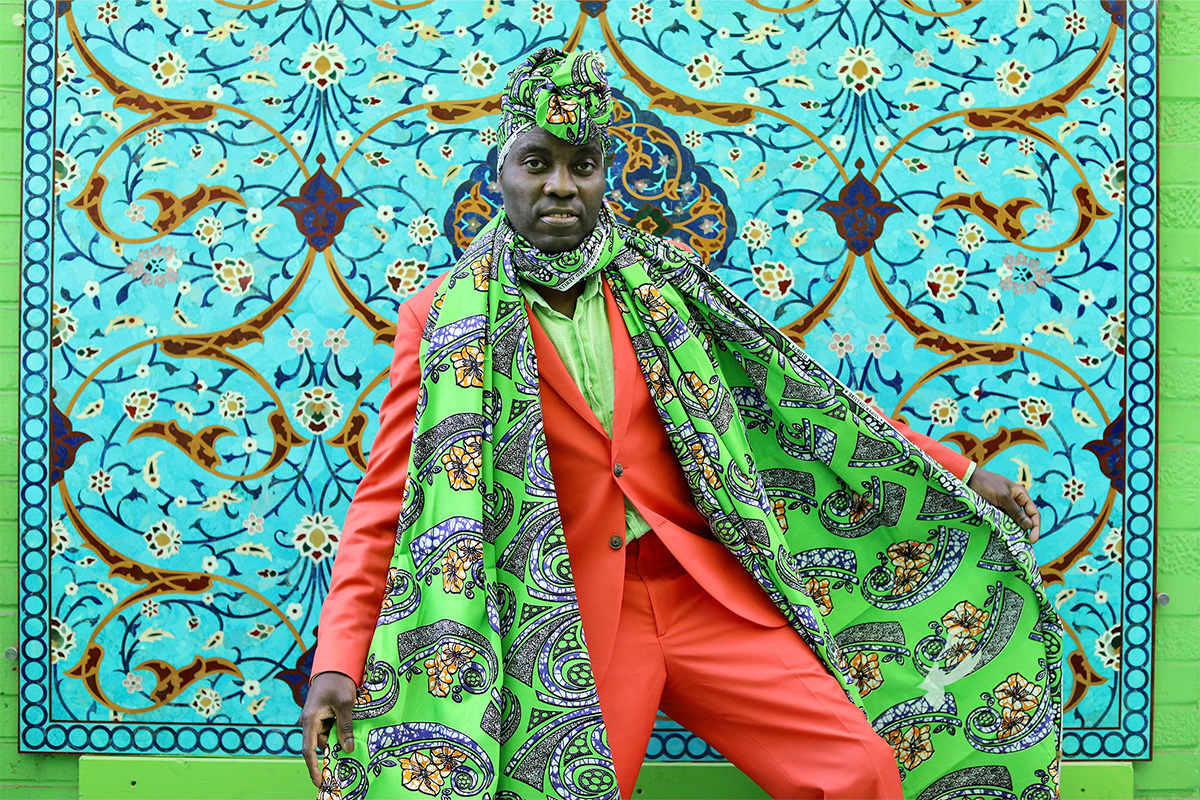

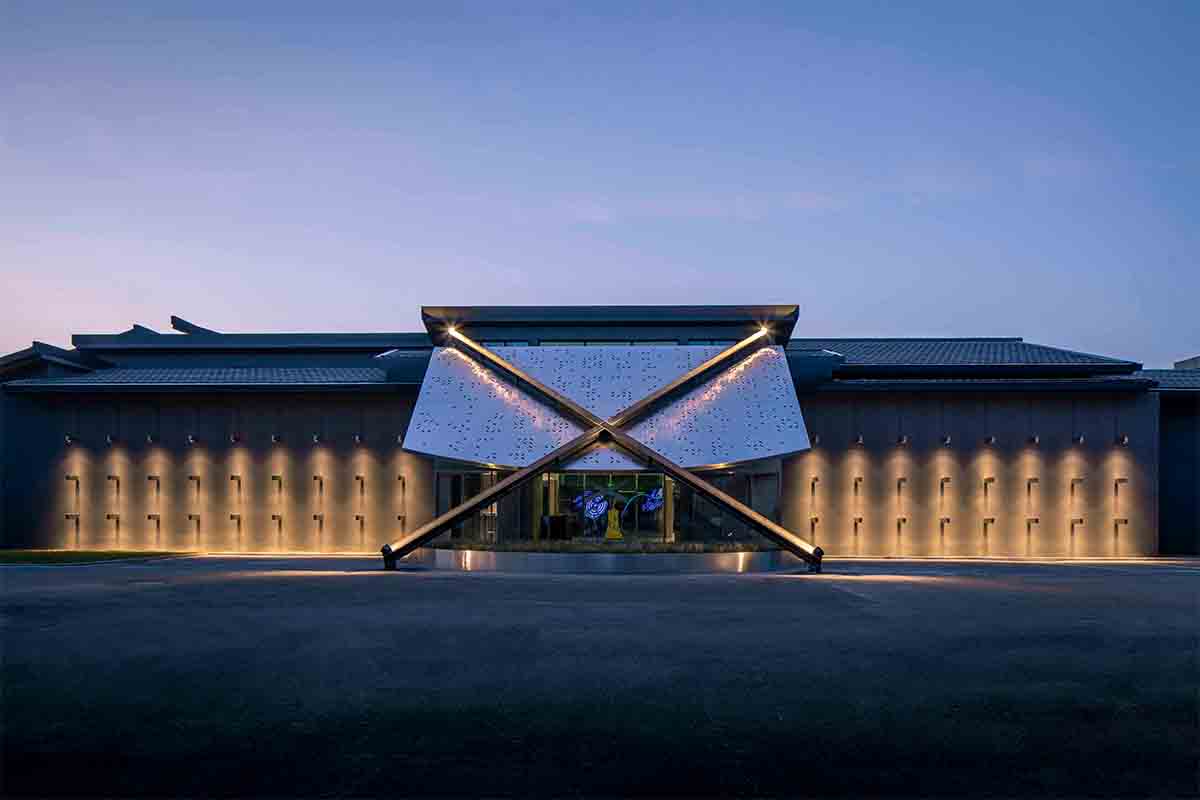

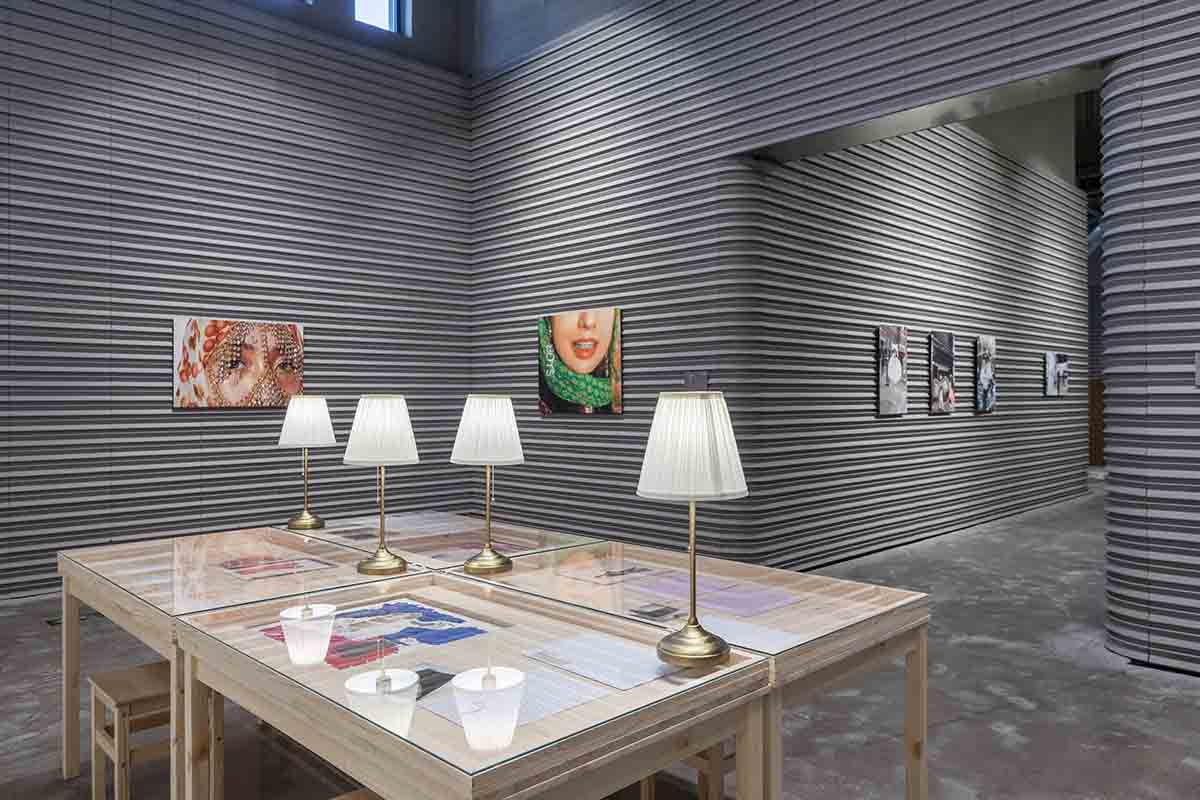
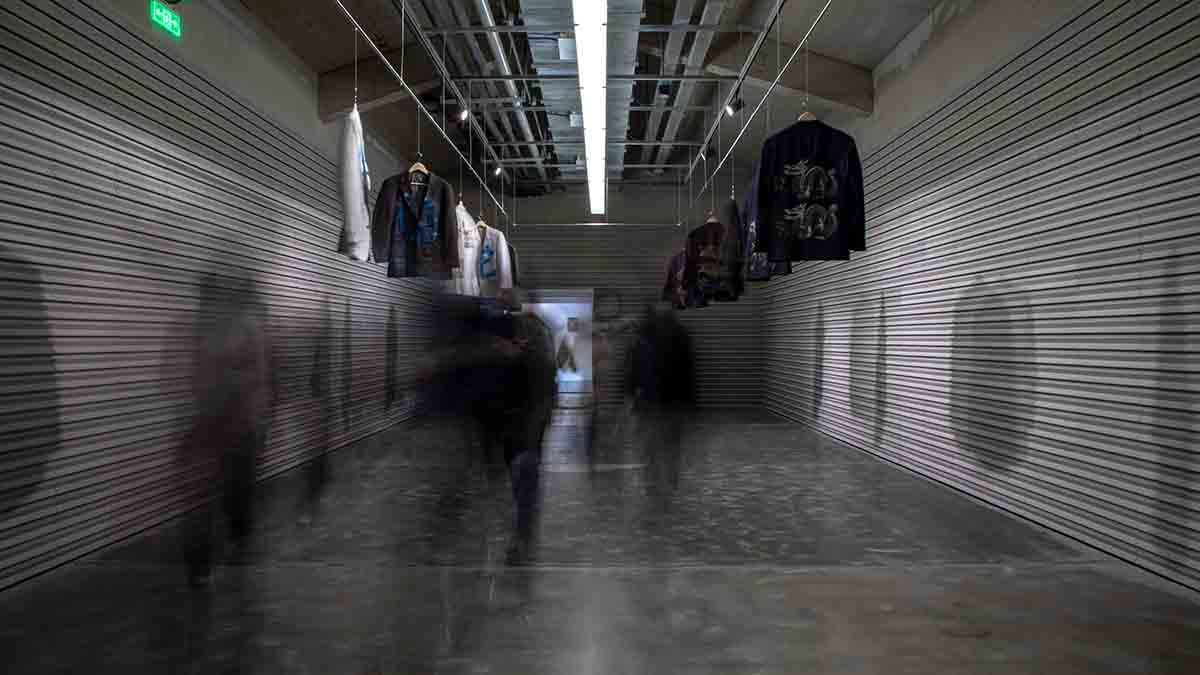

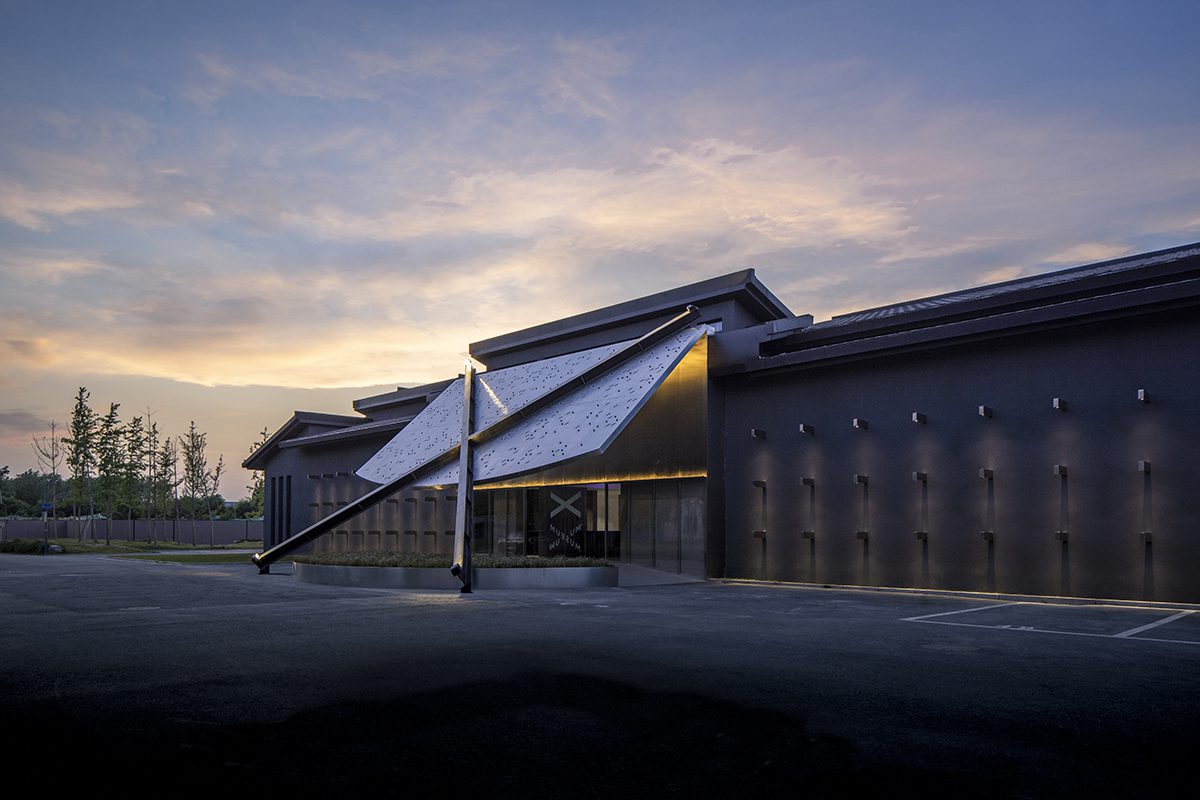

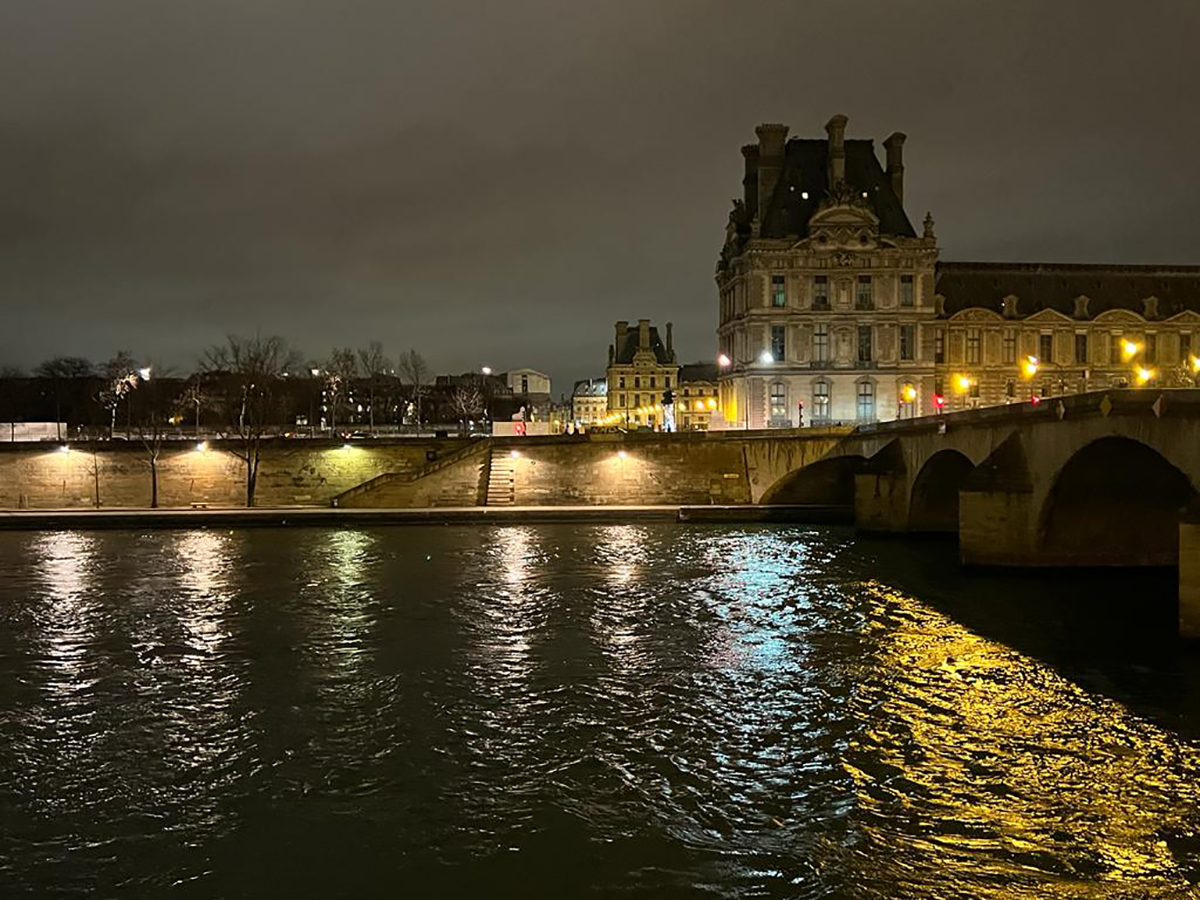
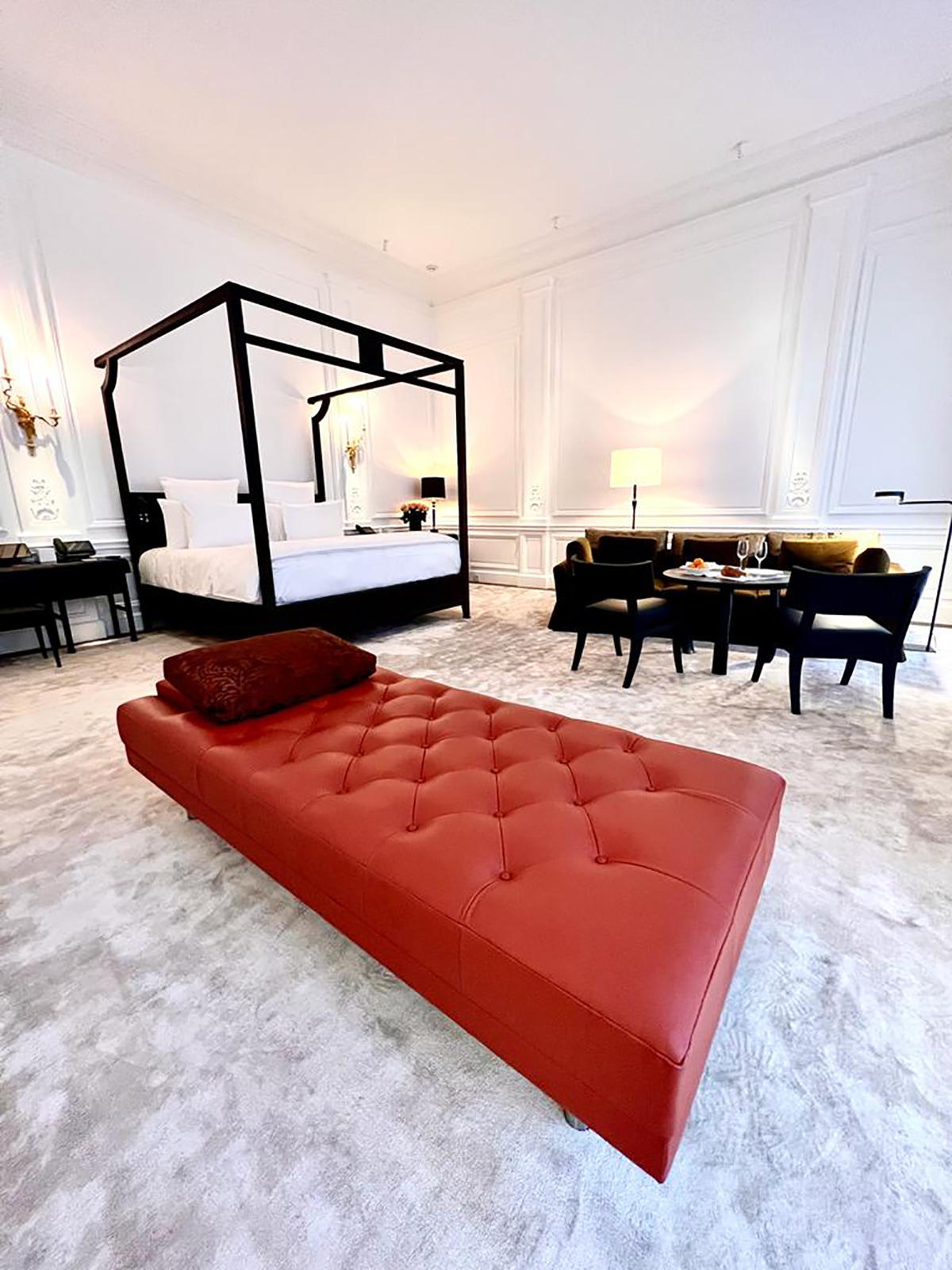

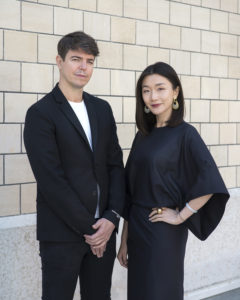

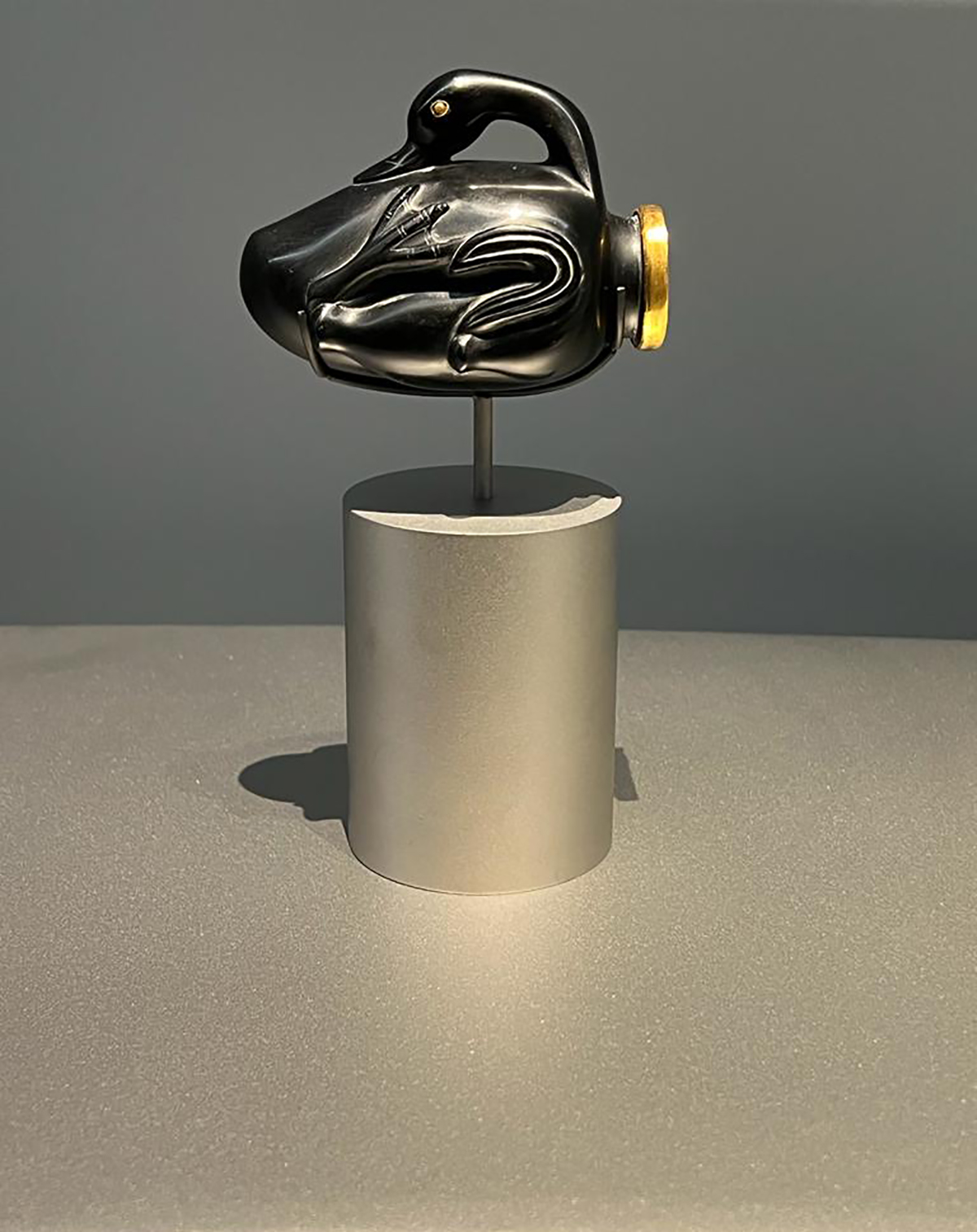



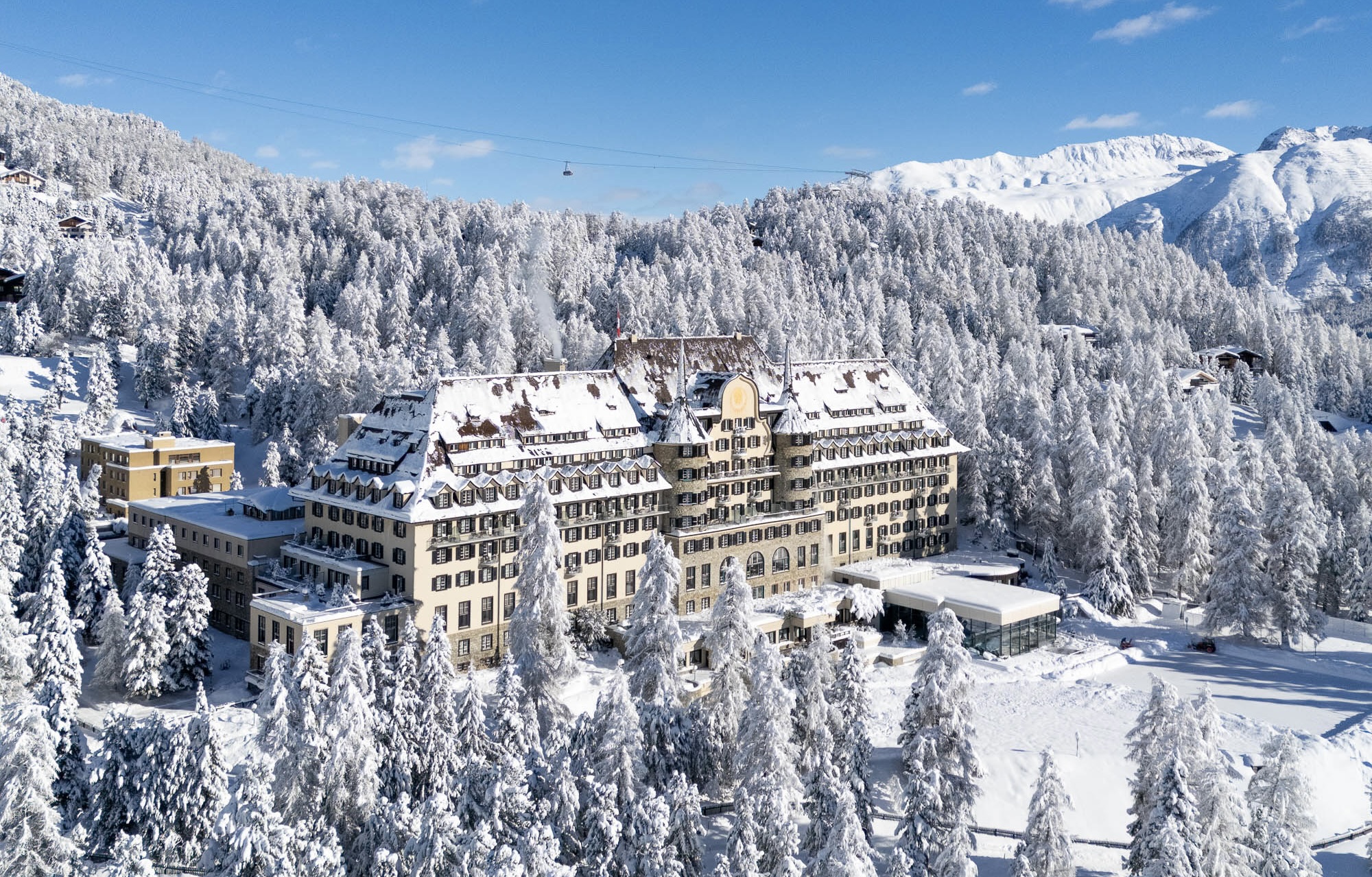
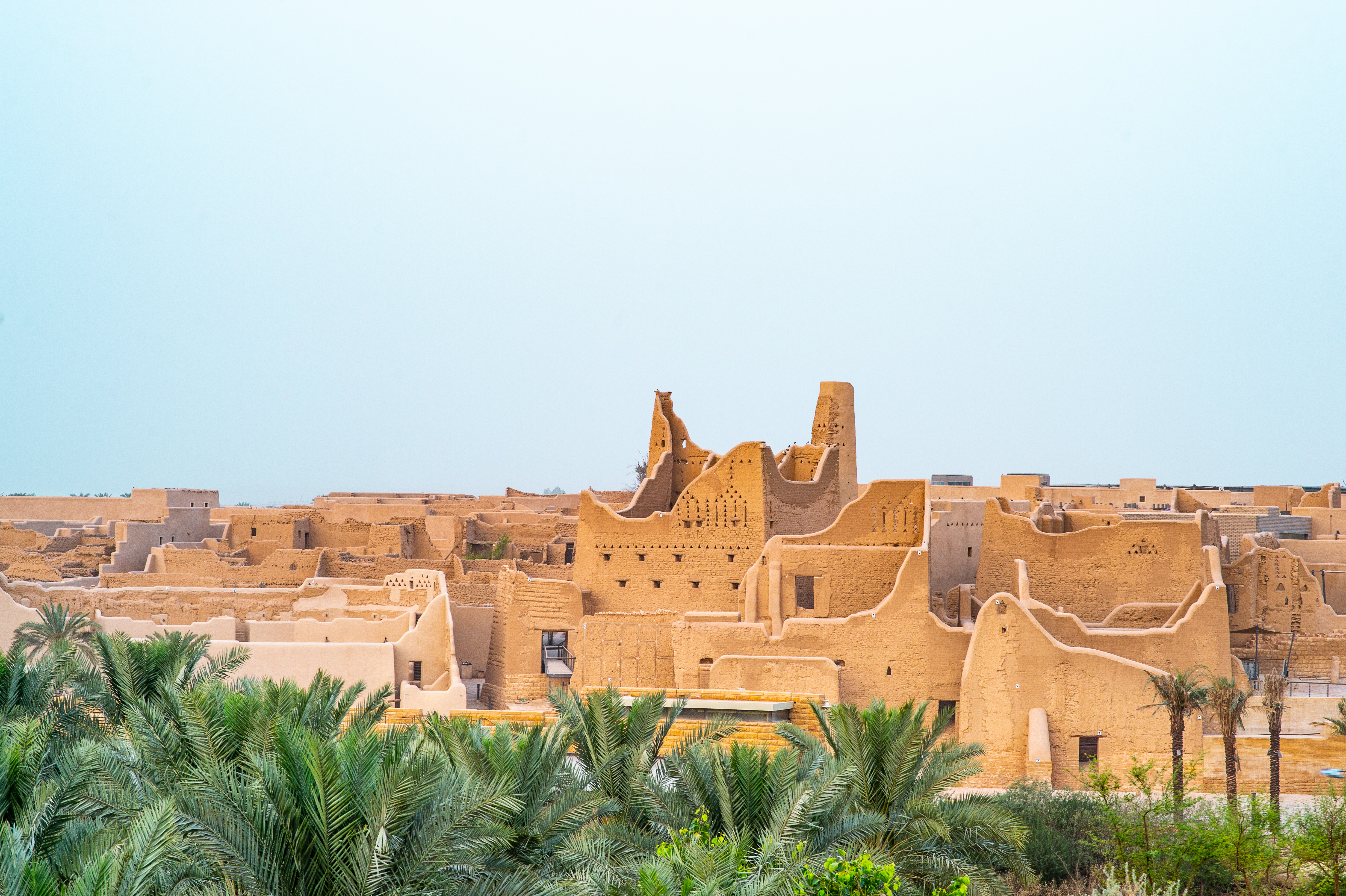
Recent Comments